|
One of the now rare species of oysters in the Pacific Northwest is the Olympia oyster, Ostrea lurida, (Carpenter, 1864). While rare today, these are British Columbia’s only native oyster.
Had you been dining on their brethren in the 1800s or earlier, it would have been this species you were consuming. Middens from Port Hardy to California are built from Ostrea lurida. These wonderful invertebrates bare their souls with every bite. Have they lived in cold water, deep beneath the sea, protected from the sun's rays and heat? Are they the rough and tumble beach denizens whose thick shells tell us of a life spent withstanding the relentless pounding of the sea? Is the oyster in your mouth thin and slimy having just done the nasty—spurred by the warming waters of Spring? Is this oyster a local or was it shipped to your current local and, if asked, would greet you with "Kon'nichiwa?" Not if the beauty on your plate is indeed Ostrea lurida. We have been cultivating, indeed maximizing the influx of invasive species to the cold waters of the Salish Sea for many years. But in the wild waters off the coast of British Columbia is the last natural abundant habitat of the tasty Ostrea lurida in the pristine waters of Nootka Sound. The area is home to the Nuu-chah-nulth First Nations who have consumed this species boiled or steamed for thousands of years. Here these ancient oysters not only survive but thrive — building reefs and providing habitat for crab, anemones and small marine animals. Oysters are in the family Ostreidae — the true oysters. Their lineage evolved in the Early Triassic — 251 - 247 million years ago. In Kwak'wala, an oyster is known as t̕łox̱t̕łox̱. Yes, that is quite a tongue twister but not to worry. We will have beautiful souls sharing their knowledge of both Coast Salish and Kwak'wala so you can learn how to say oyster, clam, whale and more. By any name they are delicious and we look forward to tasting some with you this year's K'ómoks Festival! Comments are closed.
|
NUSANusa is the Kwak'wala word for sharing a myth, story or legend. Here we will share about the many stories of those coming together for our annual celebration of National Indigenous Peoples Day each June 21st 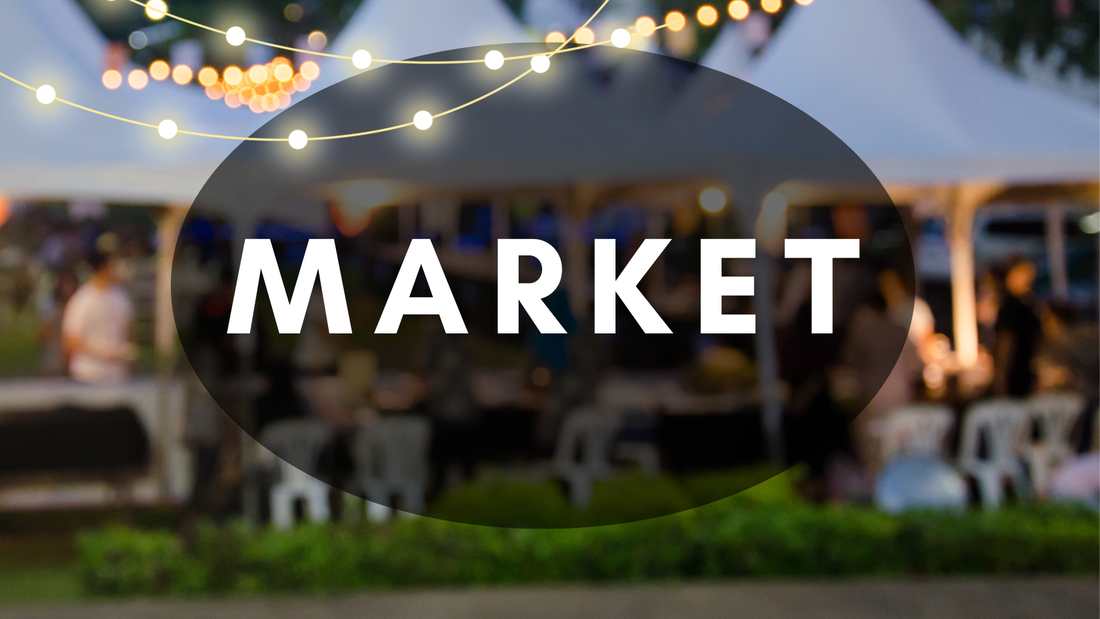
EXPLORE & SHOP THE HASE' MARKET
FIRST NATION MASKS, PHOTOGRAPHY, CARDS, TIE-DYED CLOTHING, HANDMADE POTTERY, JEWELRY, UP-CYCLED CLOTHING, UP-CYCLED JEWELRY, INDIGENOUS ART PRINTS, FIRST NATIONS ORIGINAL ART, PHOTOGRAPHY, SHAWLS, T-SHIRTS, TANK TOPS, INDIGENOUS EARRINGS, BRACELETS, LEATHER EARRINGS, STERLING PENDANTS & NECKLACES, NATURAL LOTIONS, LIP BALMS, BODY BUTTER, NATIVE PLANT SEEDS, TRADITIONAL MEDICINE PRODUCTS, BAGS, SCARVES, GIFTS, CARDS, DELICIOUS FOODS—SMOKED SALMON, SEAFOOD CHOWDER, SOCKEYE, FRIED BREAD, BANNOCK, HOT SAUCE, FRESH FRUIT & VEGGIES, DARK CHOCOLATE CARAMEL APPLES, CARAMEL POPCORN, CHOCOLATE GRIZZLY PAWS, FUDGE, MINI-DONUTS—ALL MADE WITH LOVE! SO MANY CHOICES! WHAT'S ON YOUR LIST? Art GalleryMagnificent First Nation Carvings, Masks, Boxes, Blankets, Regalia, Headdresses, Aprons, Rattles, Whistles, Paintings & Bowls
Legends of the MasksTum Tum Threads
Conscious designs handmade by Zapotec in Oaxaca and Kwakwaka'wakw from the Great Bear Rainforest DUCHESS BANNOCK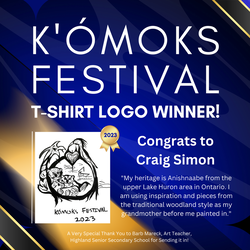
2023 LOGO WINNER
Artist Craig Simon
Archives
May 2025
|

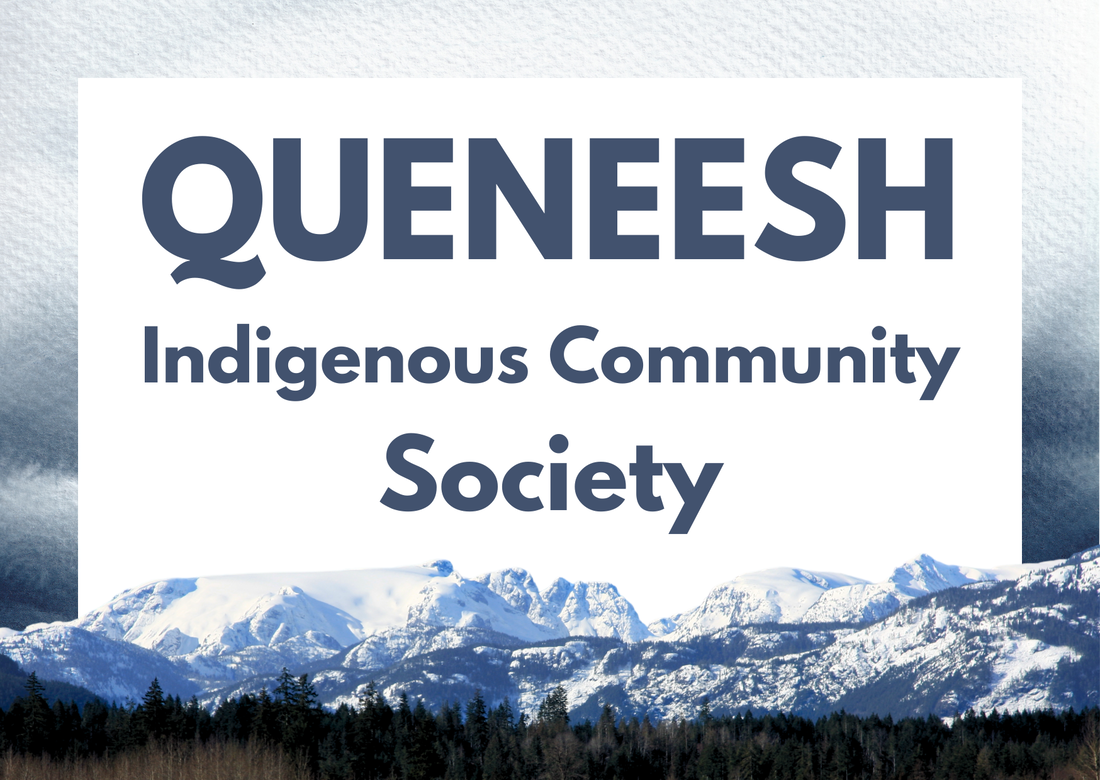
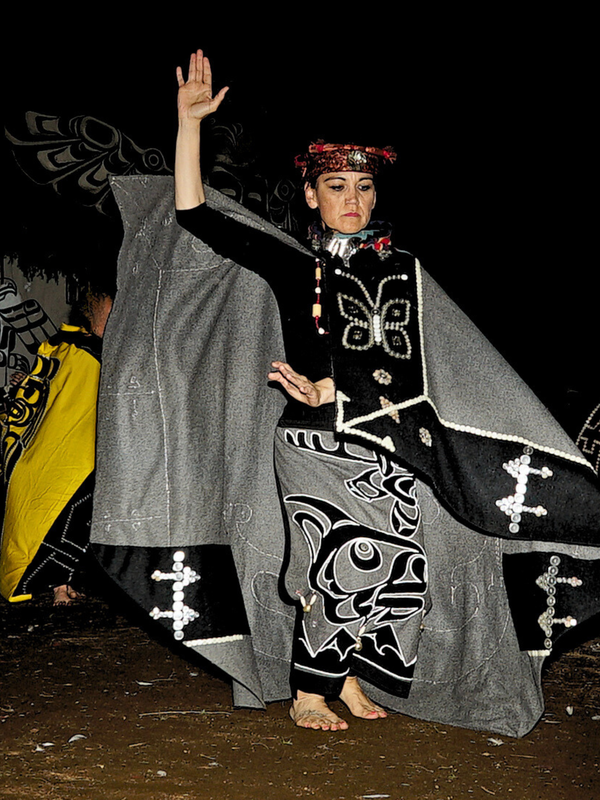
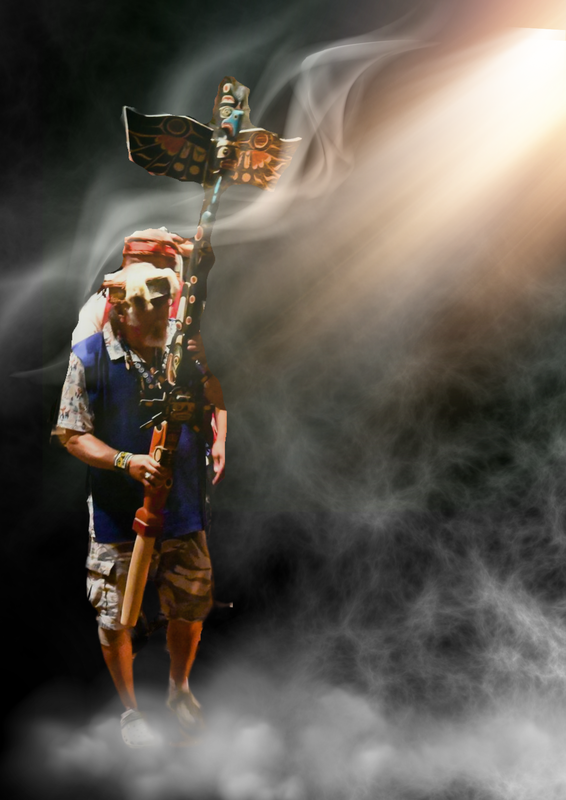
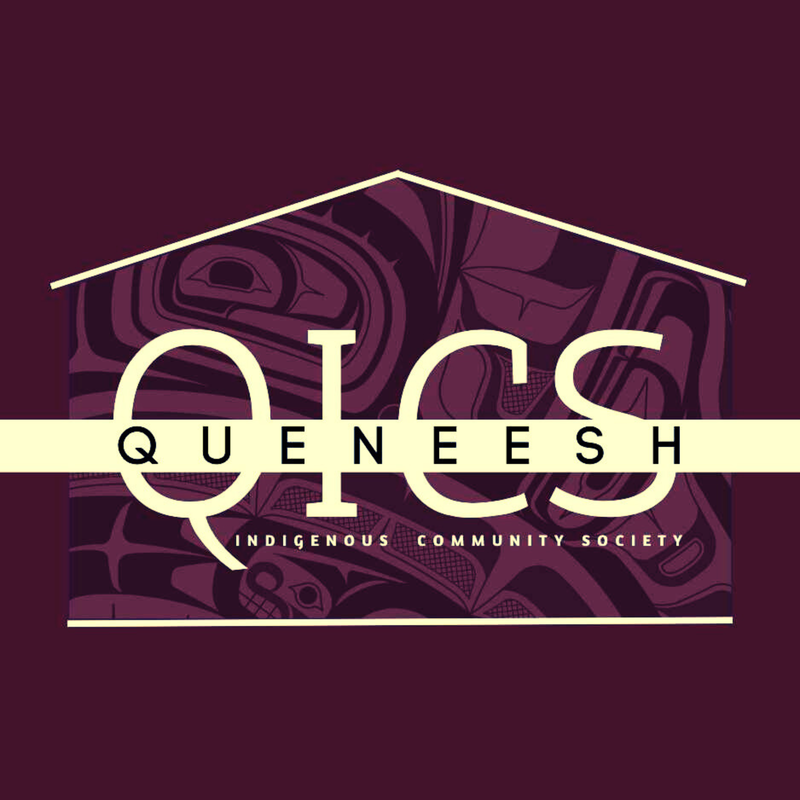
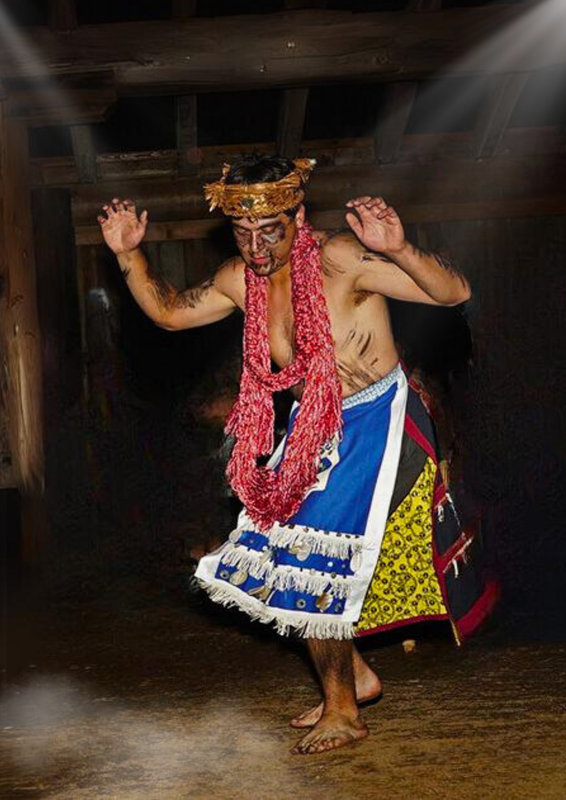
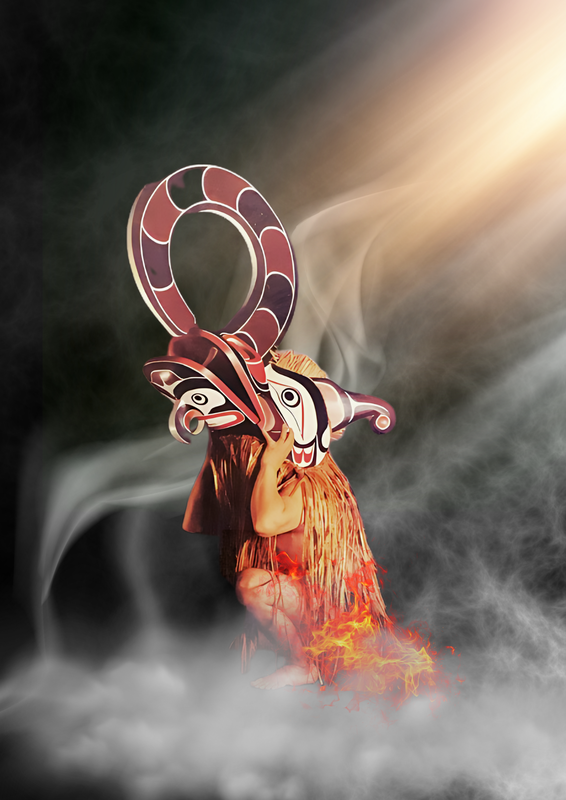
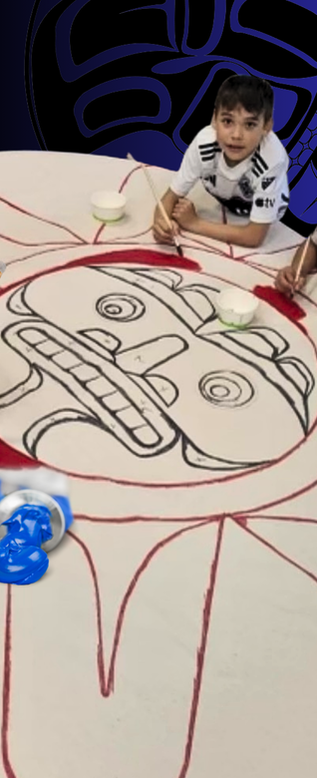
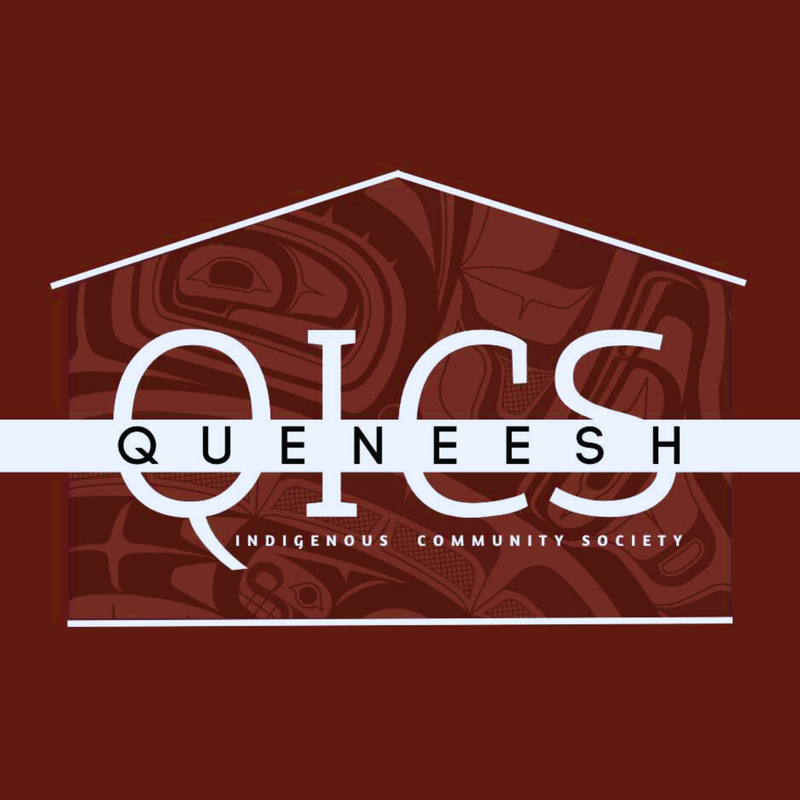

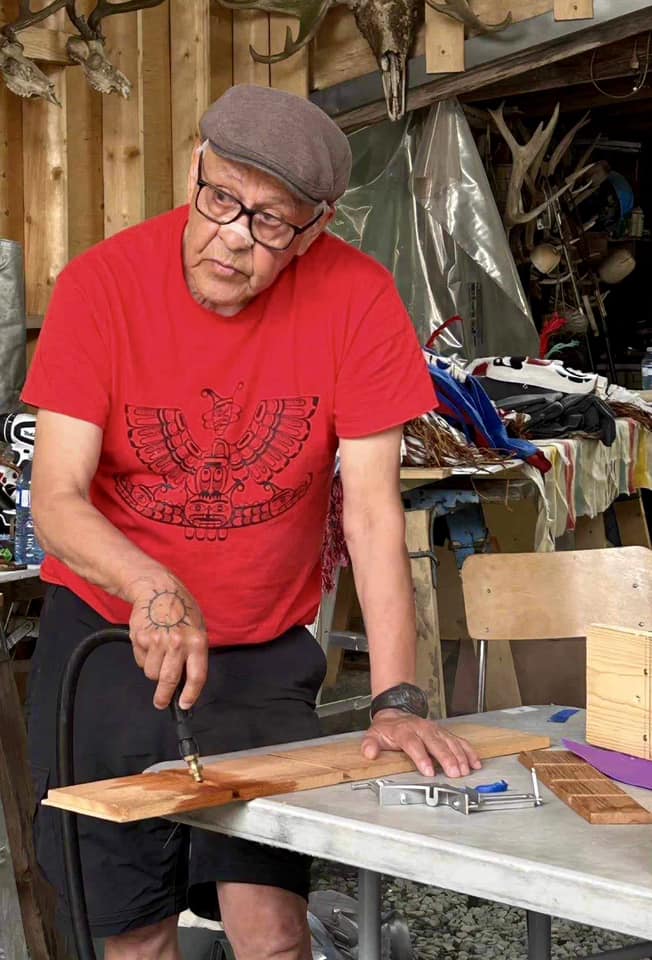
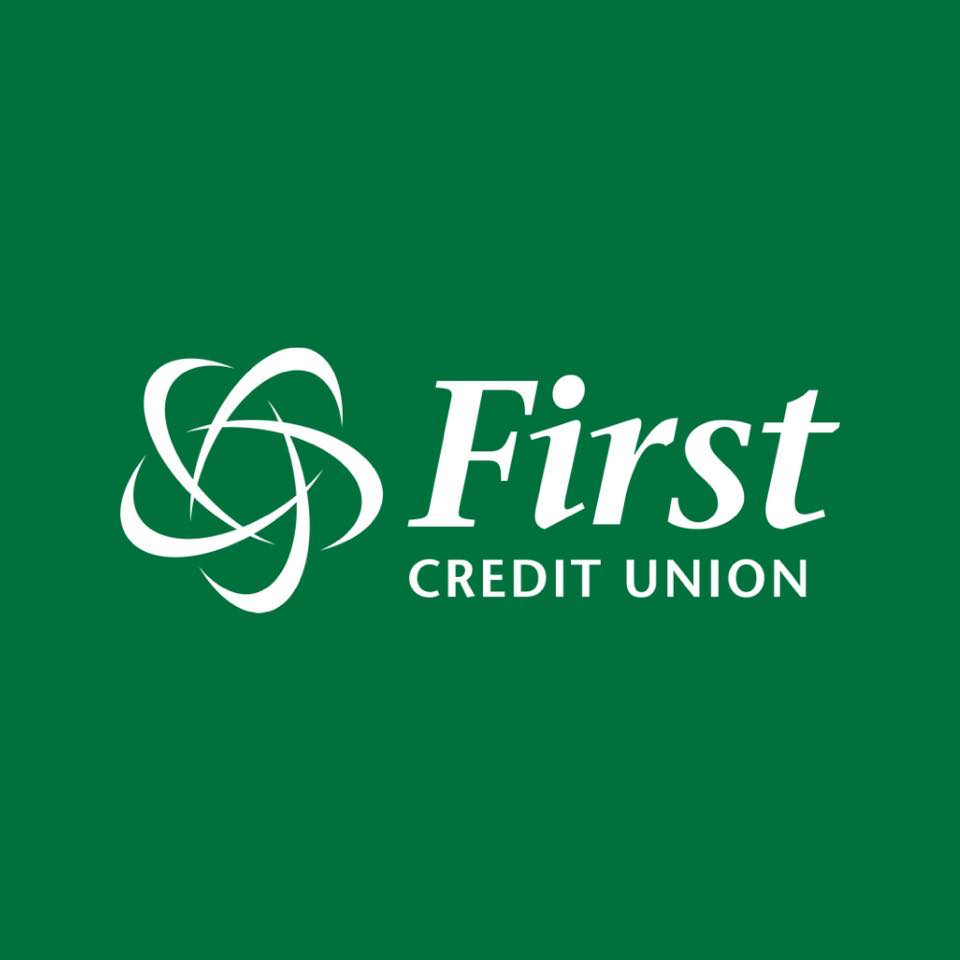


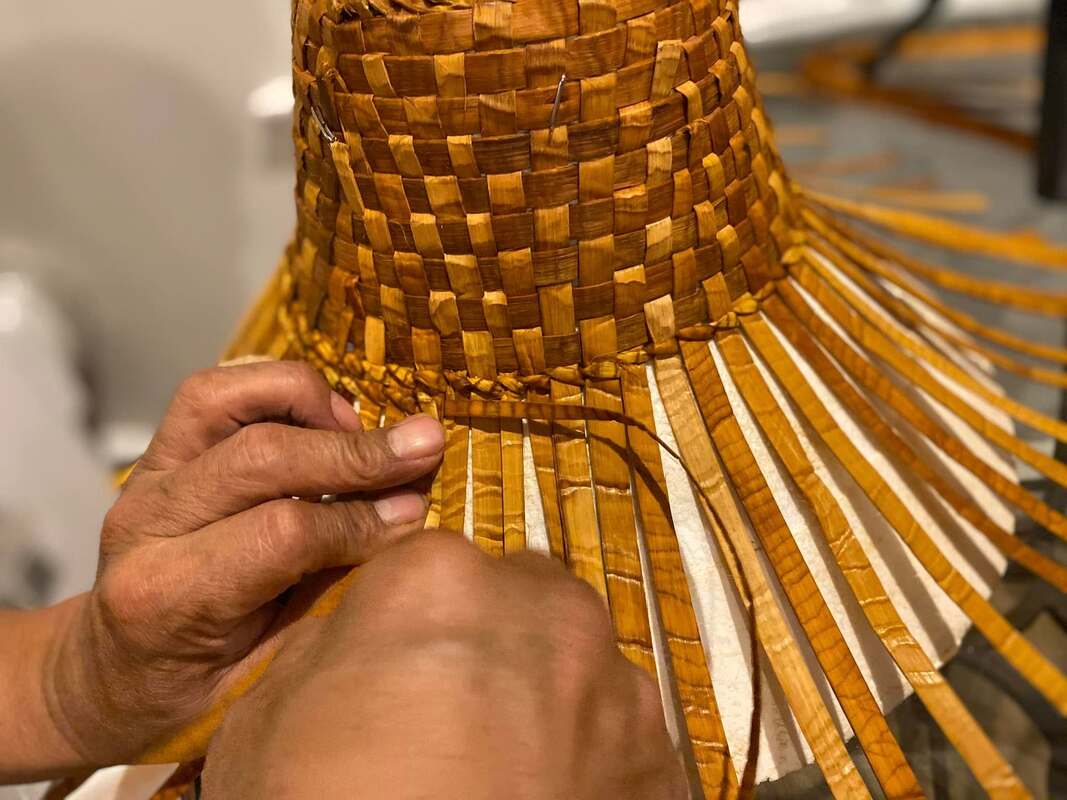
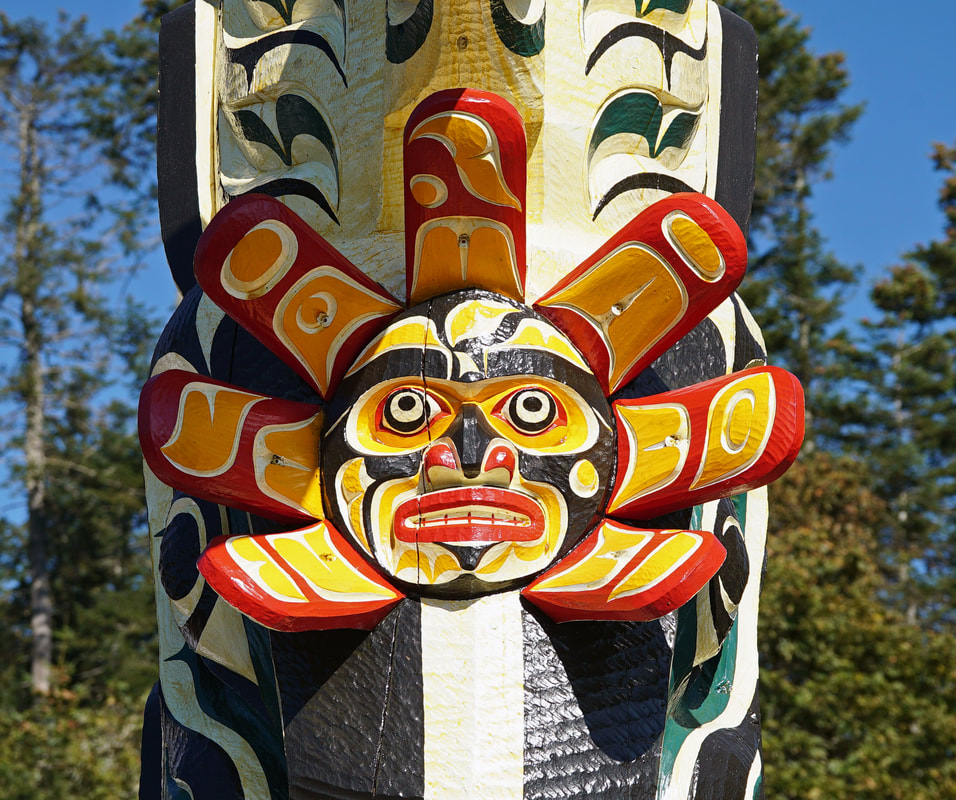


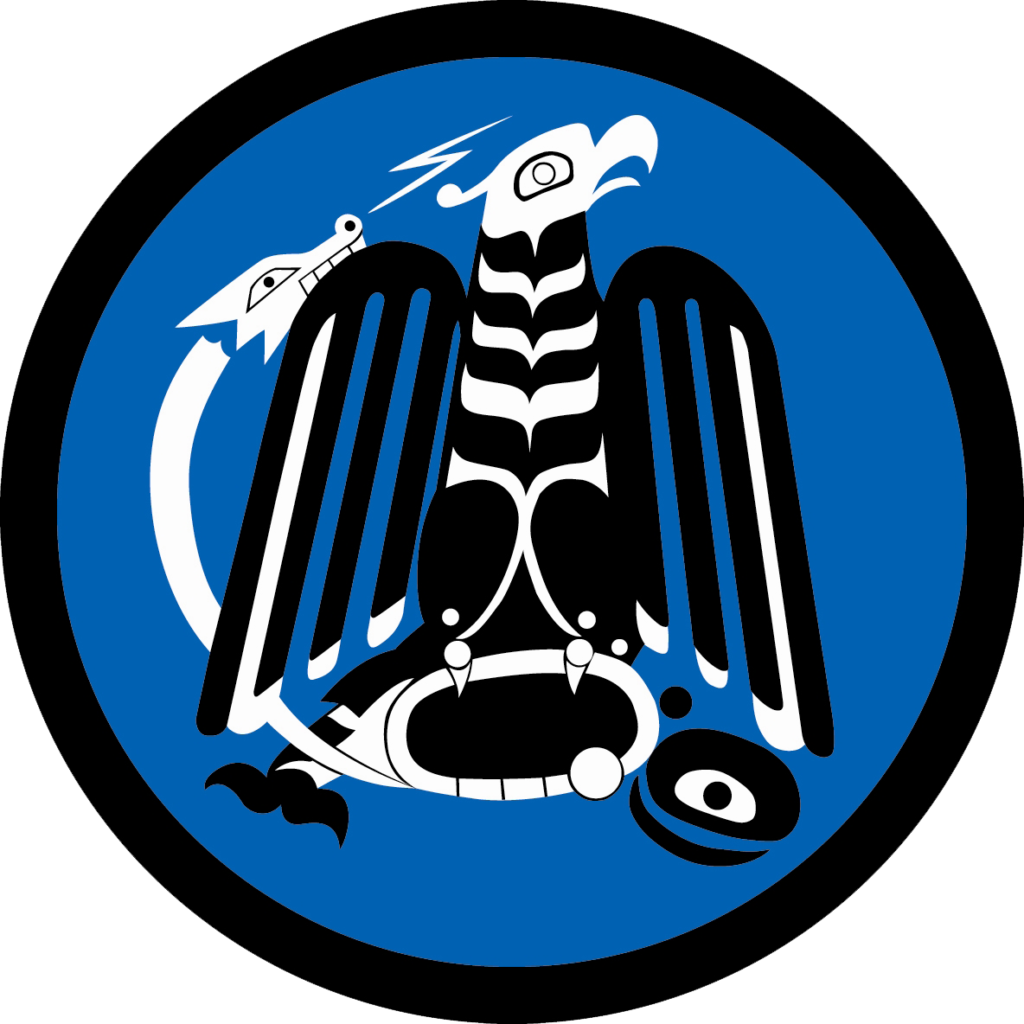


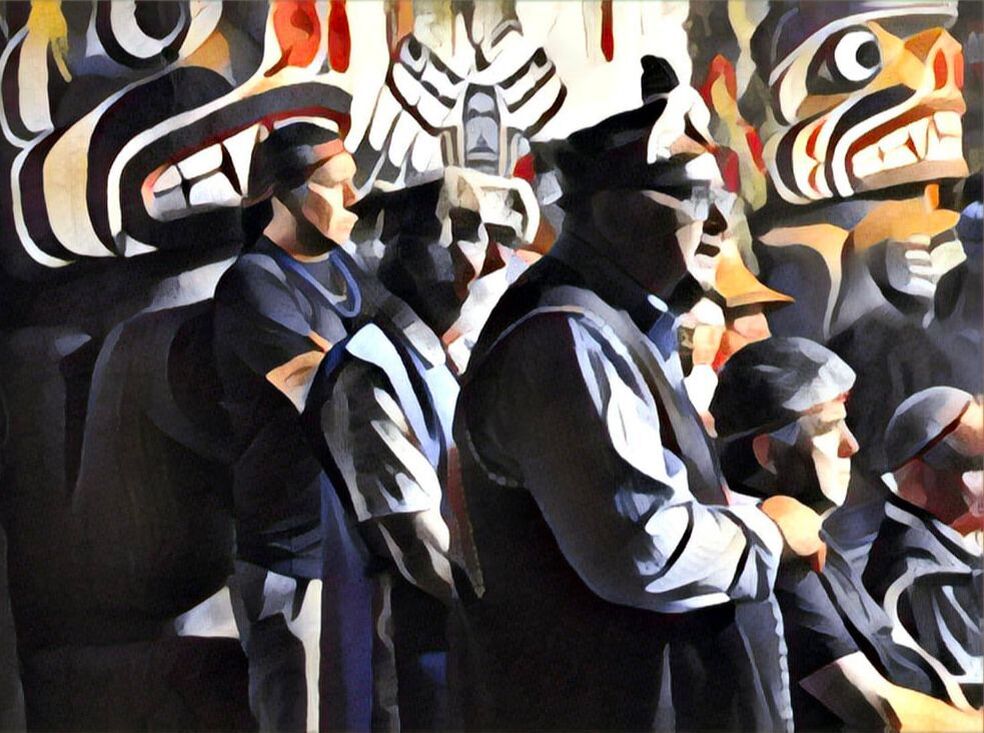
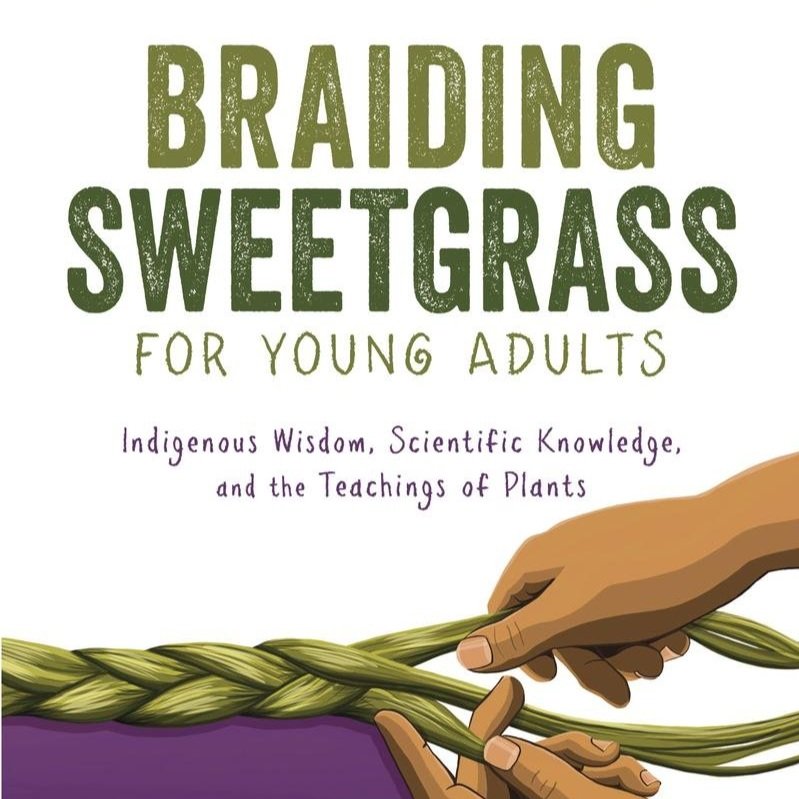
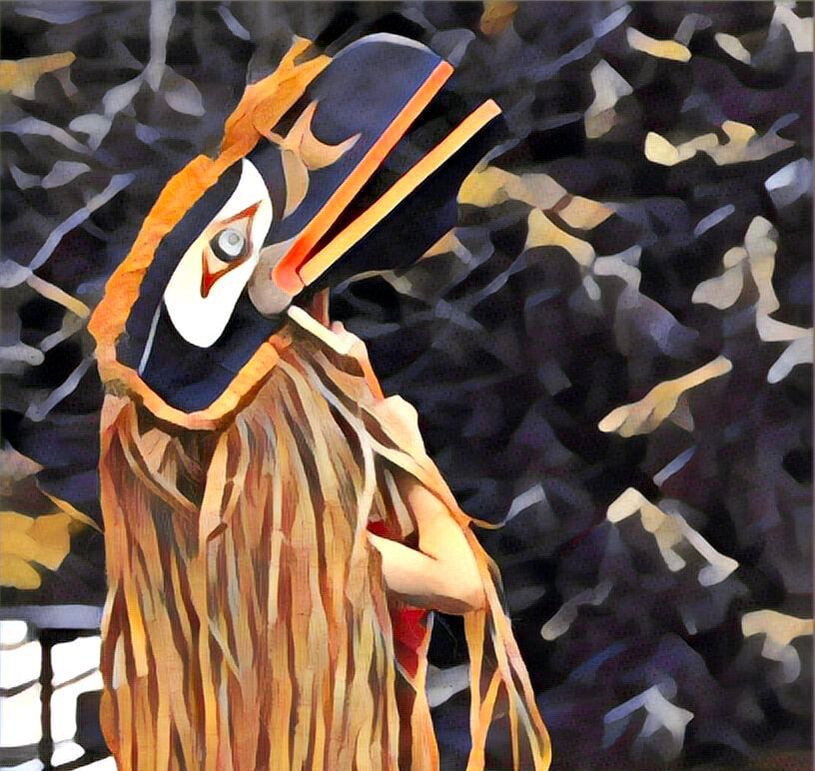
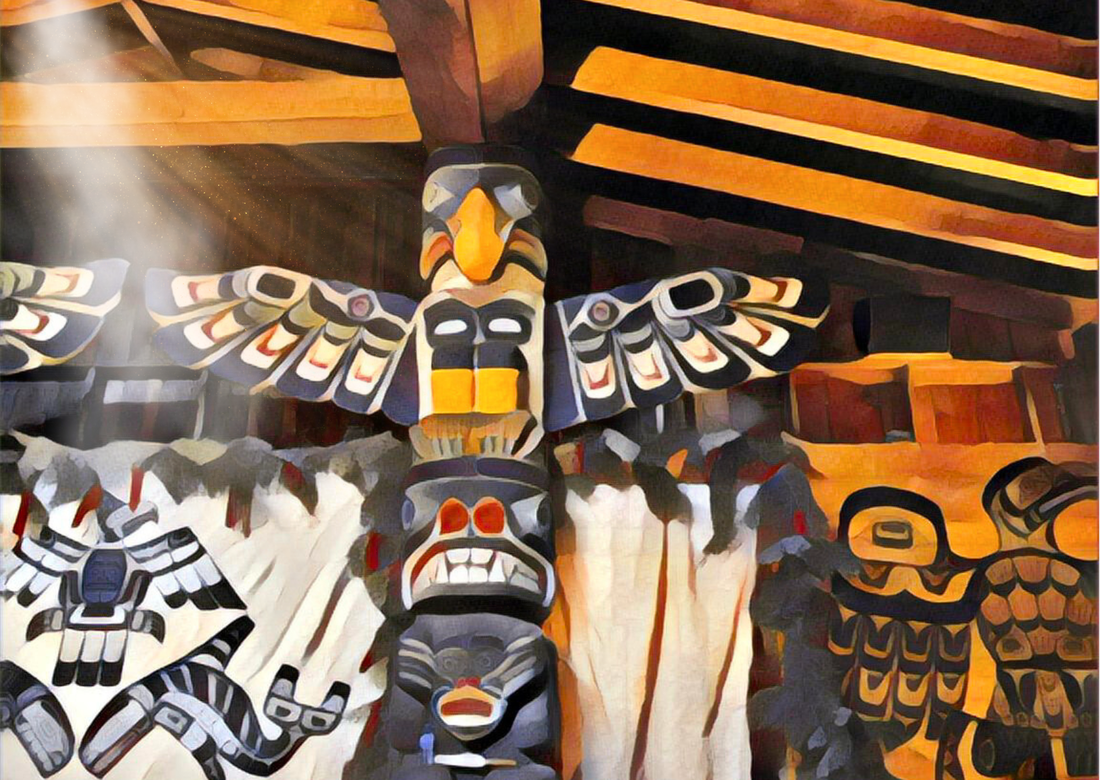
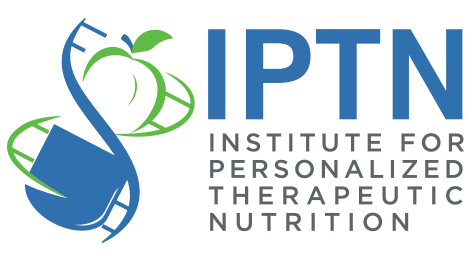
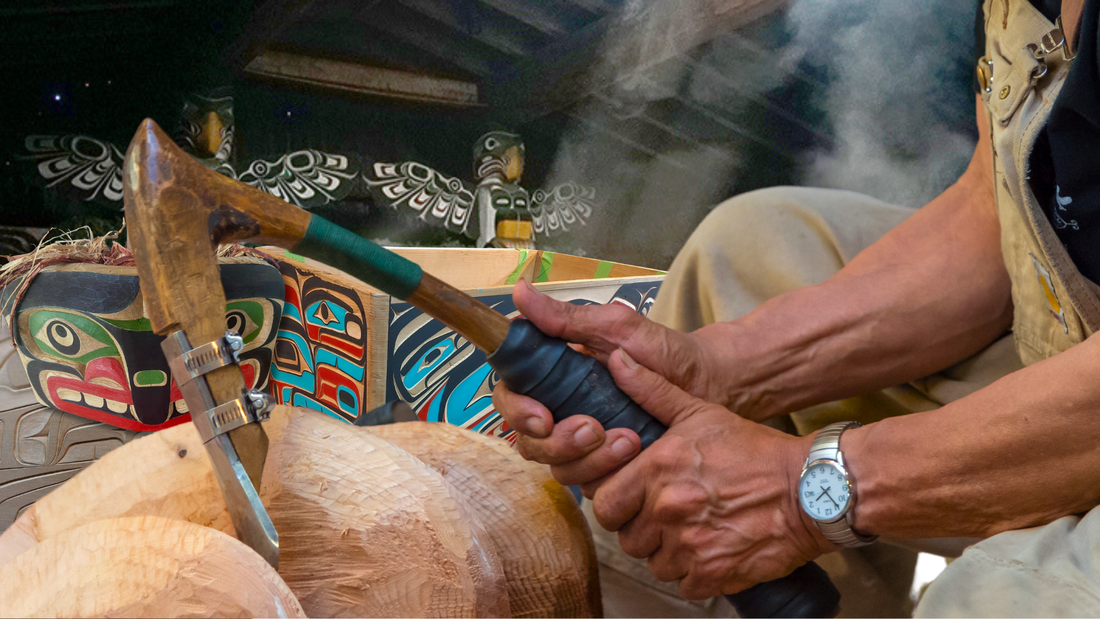
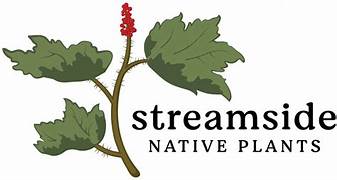
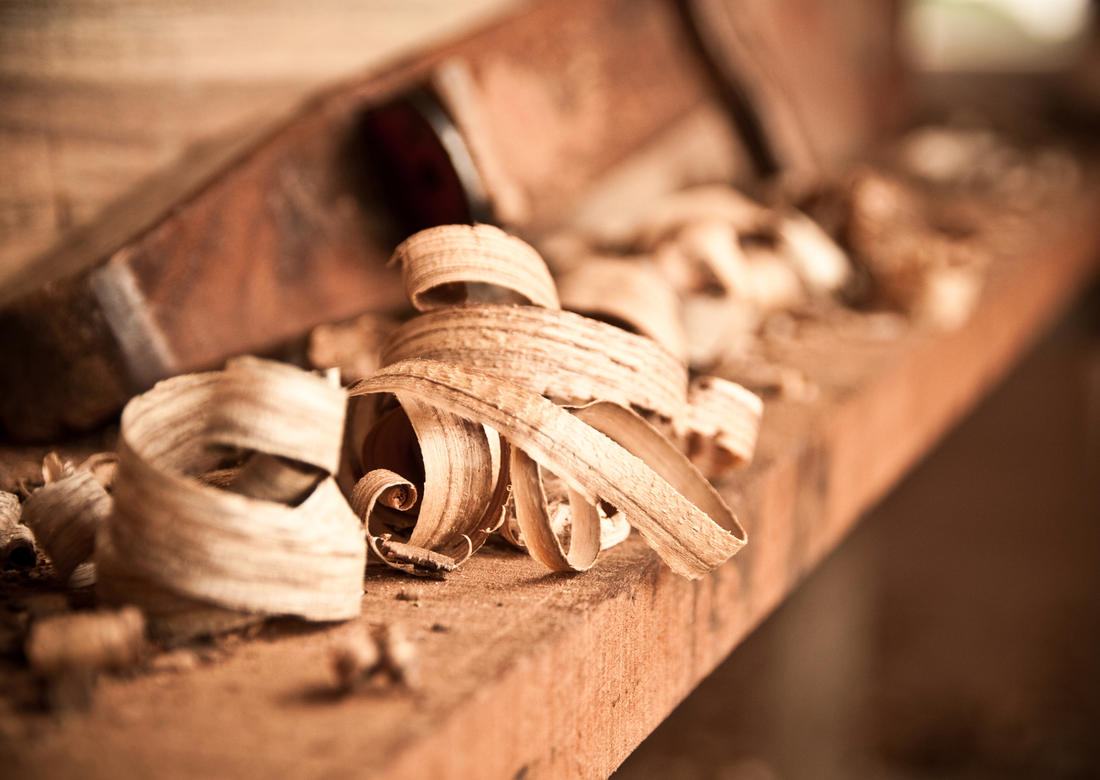

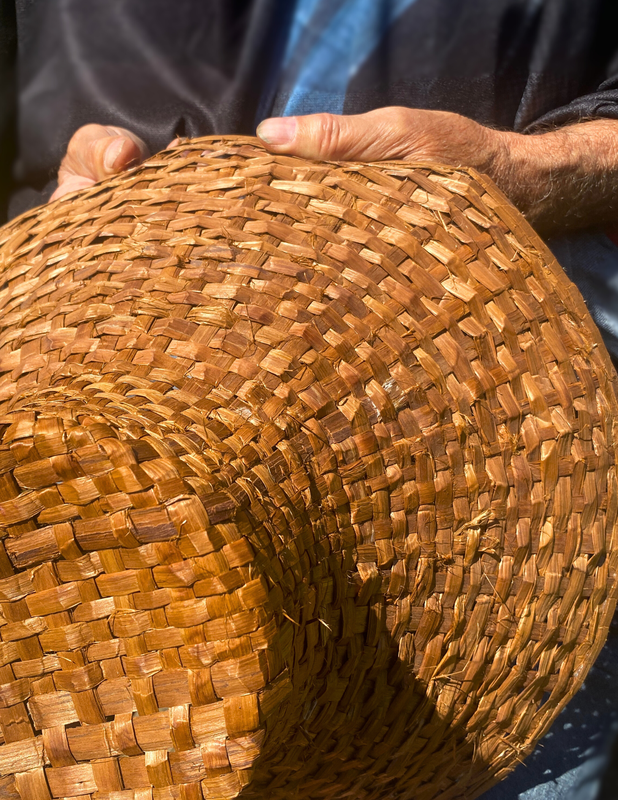
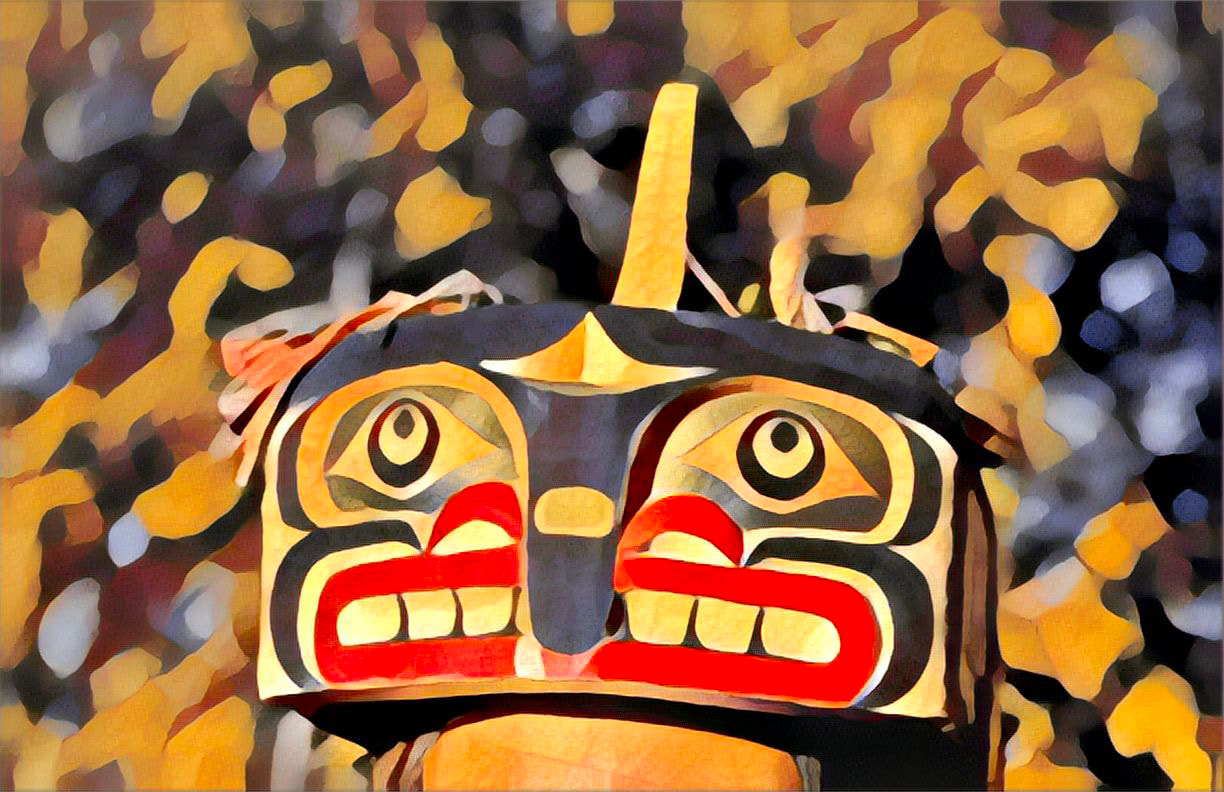
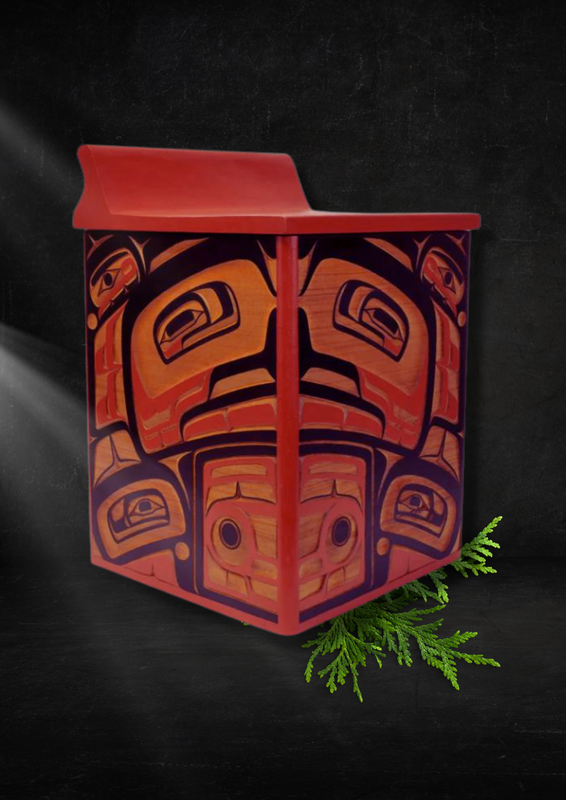
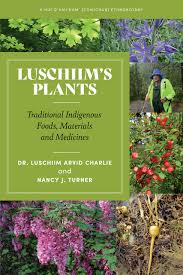
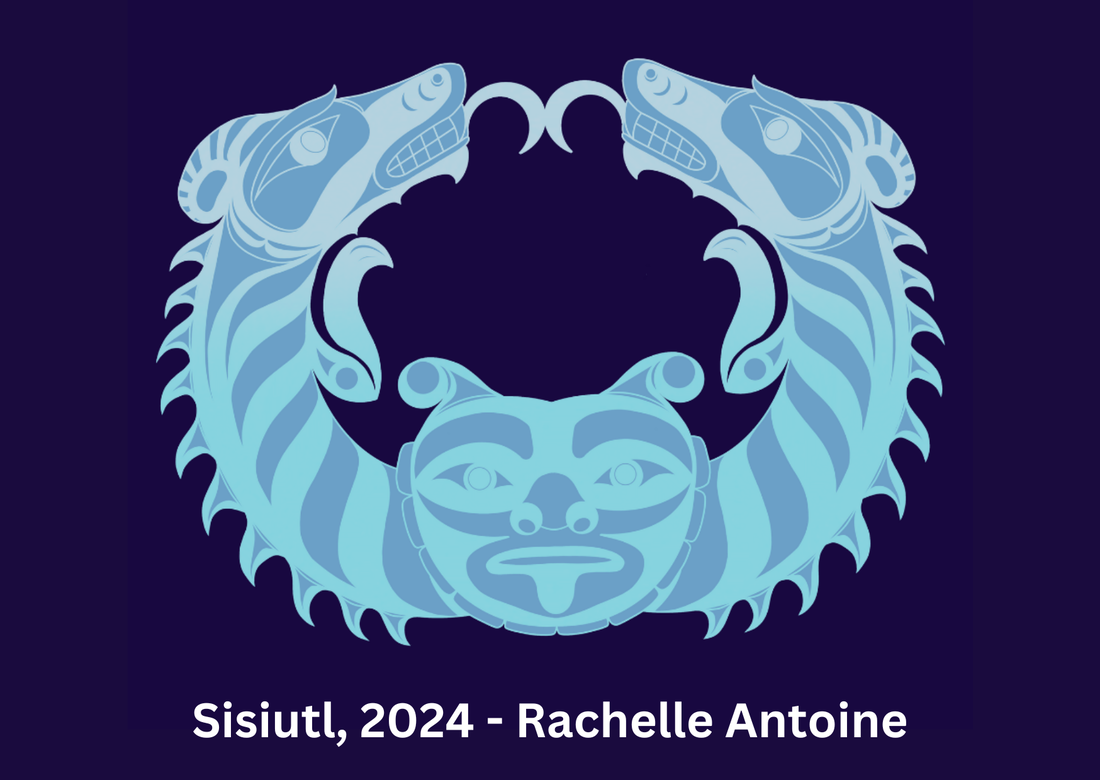

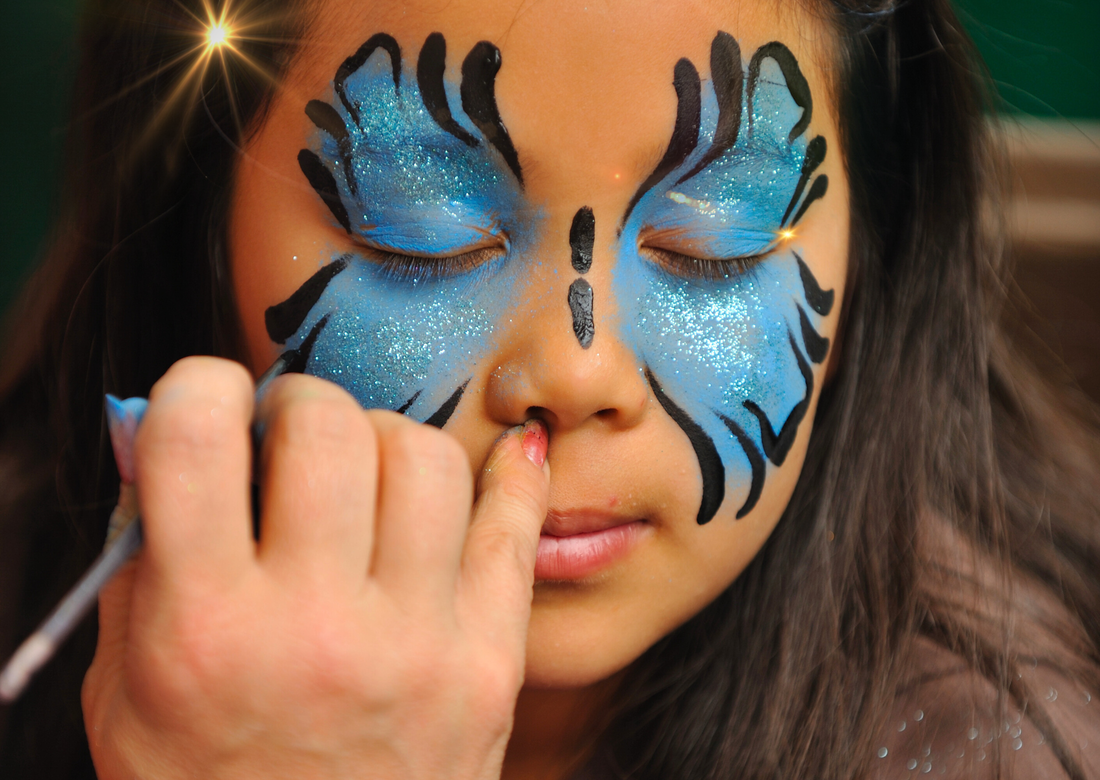
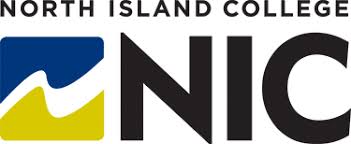
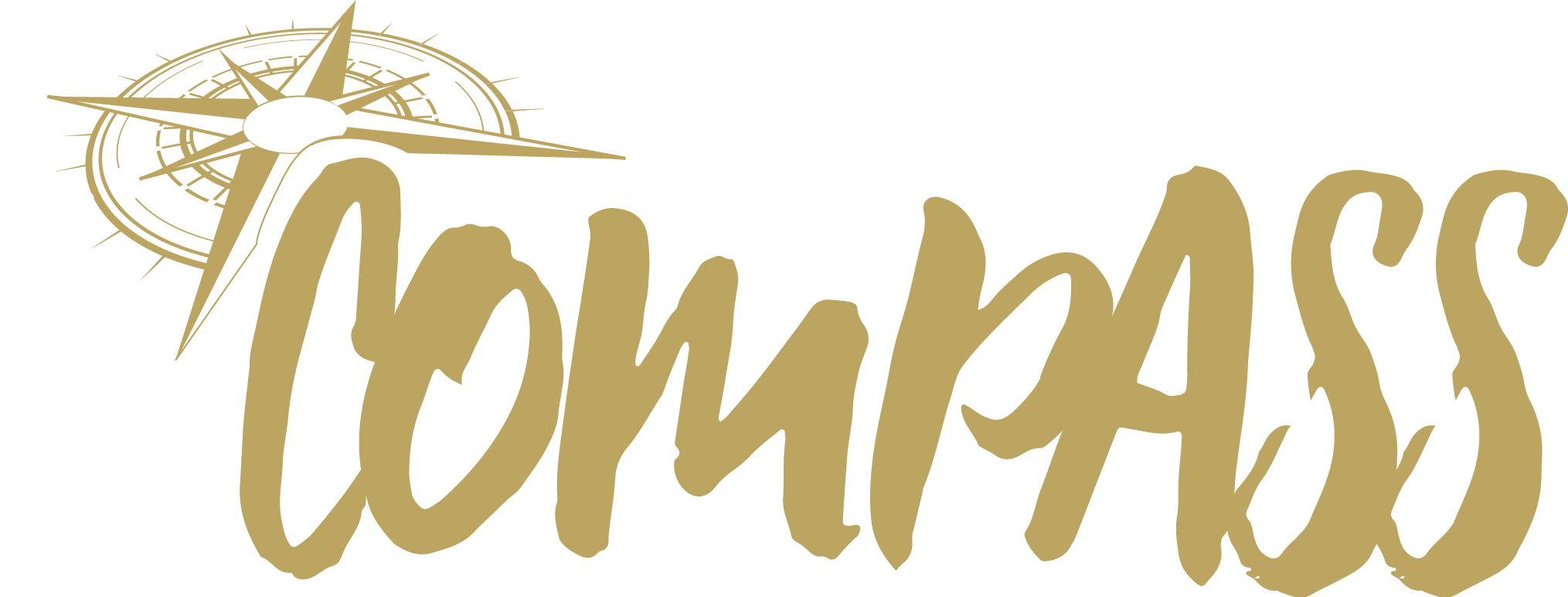
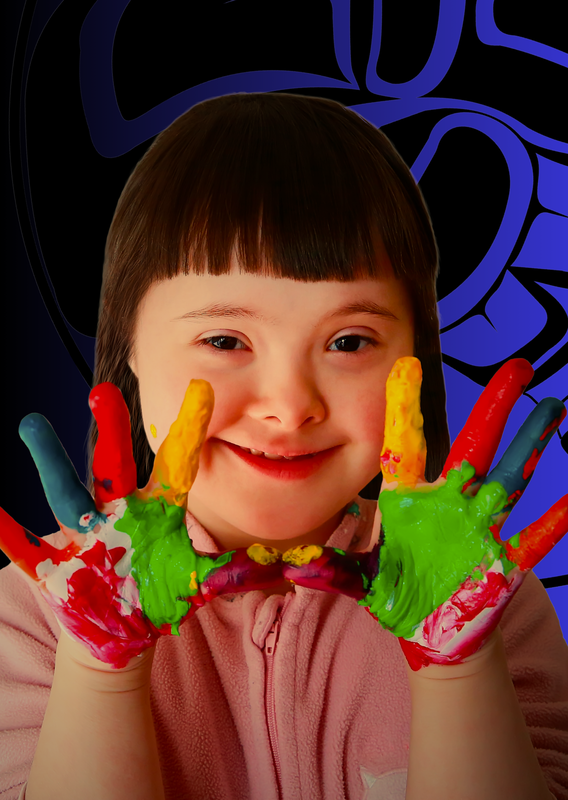

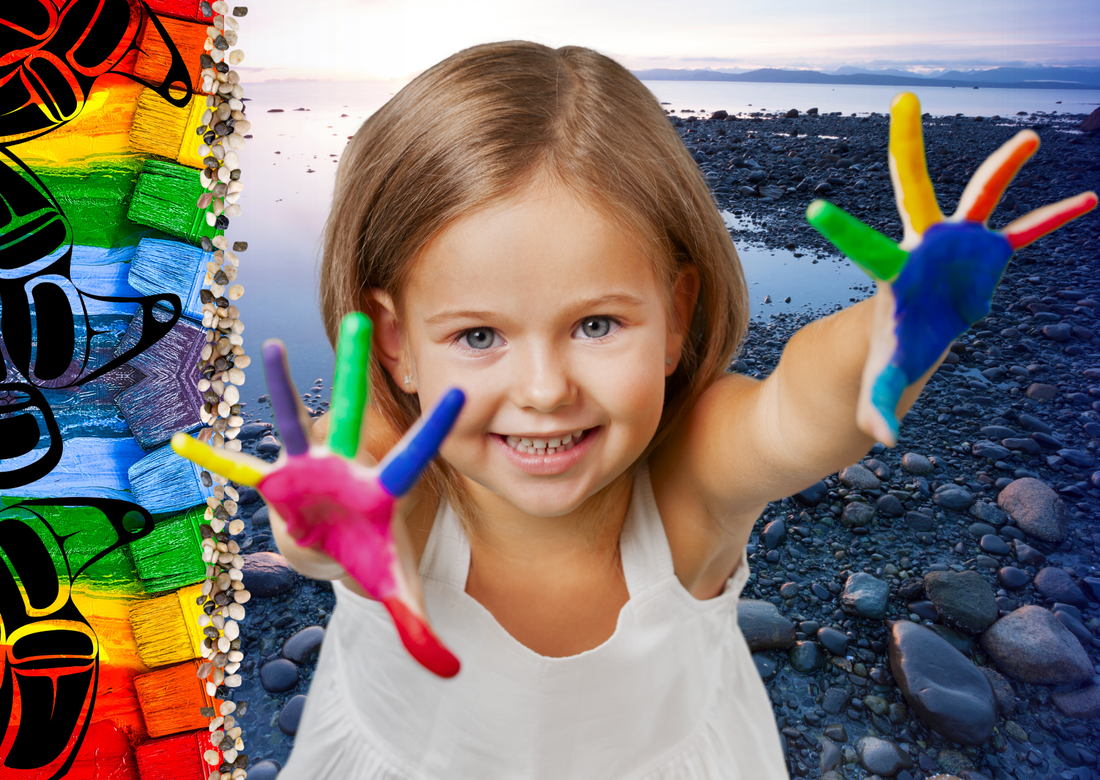
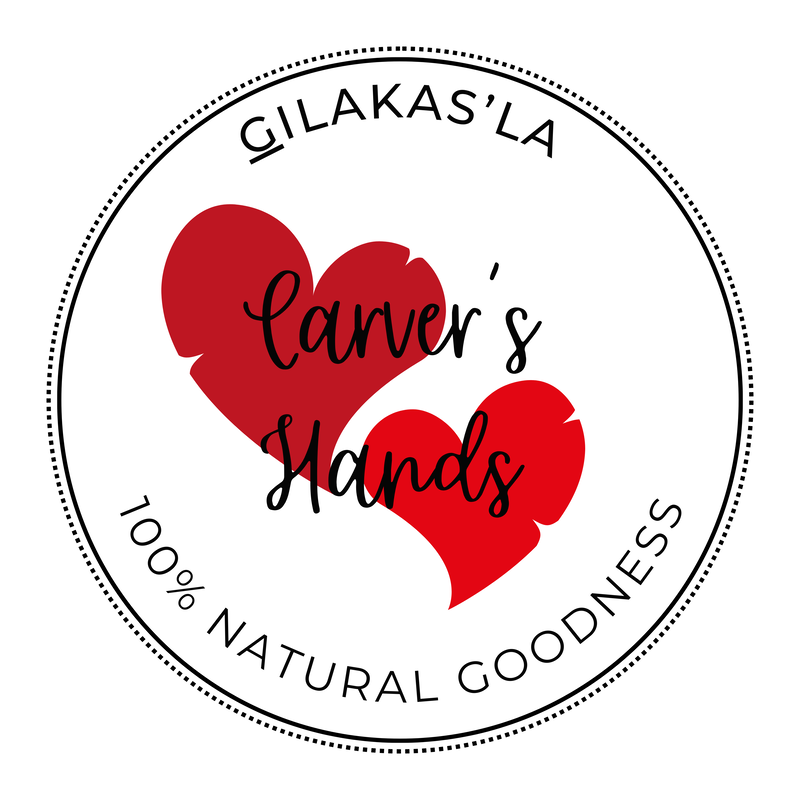
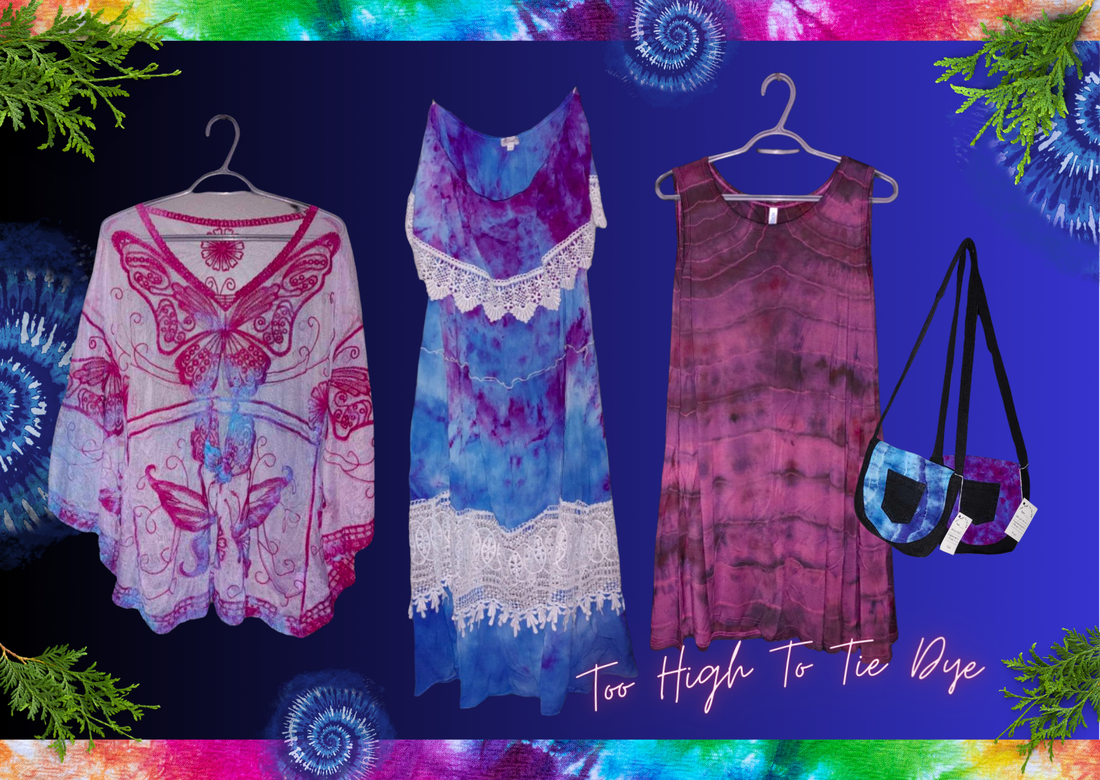
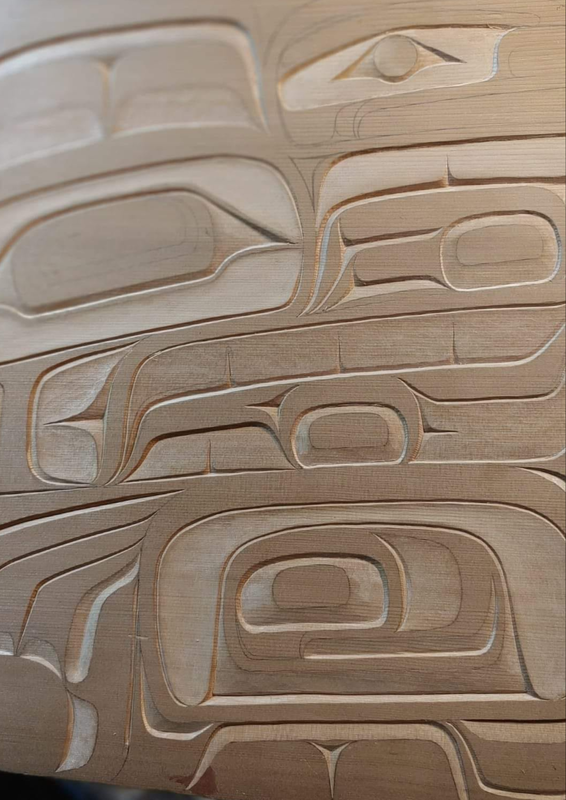
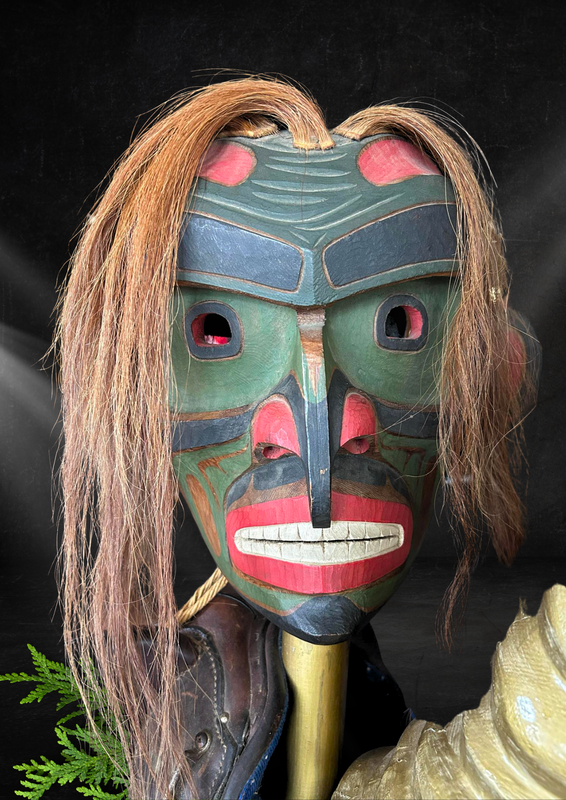
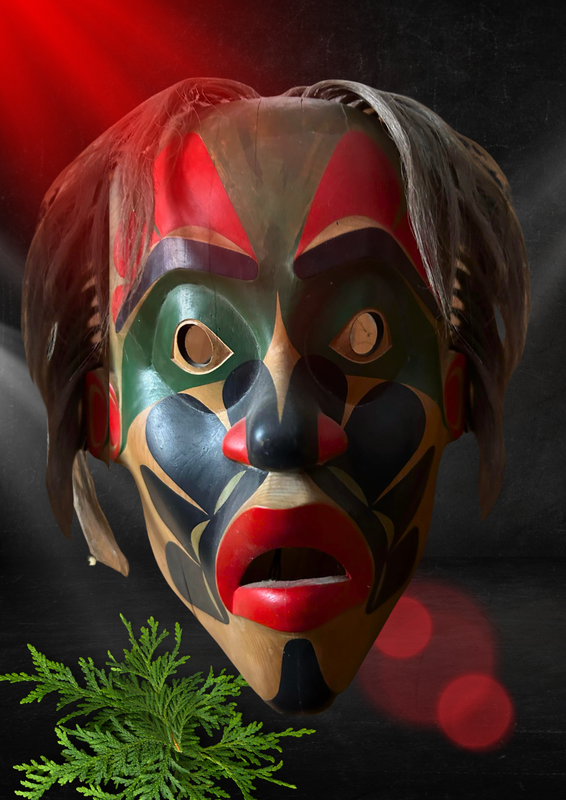
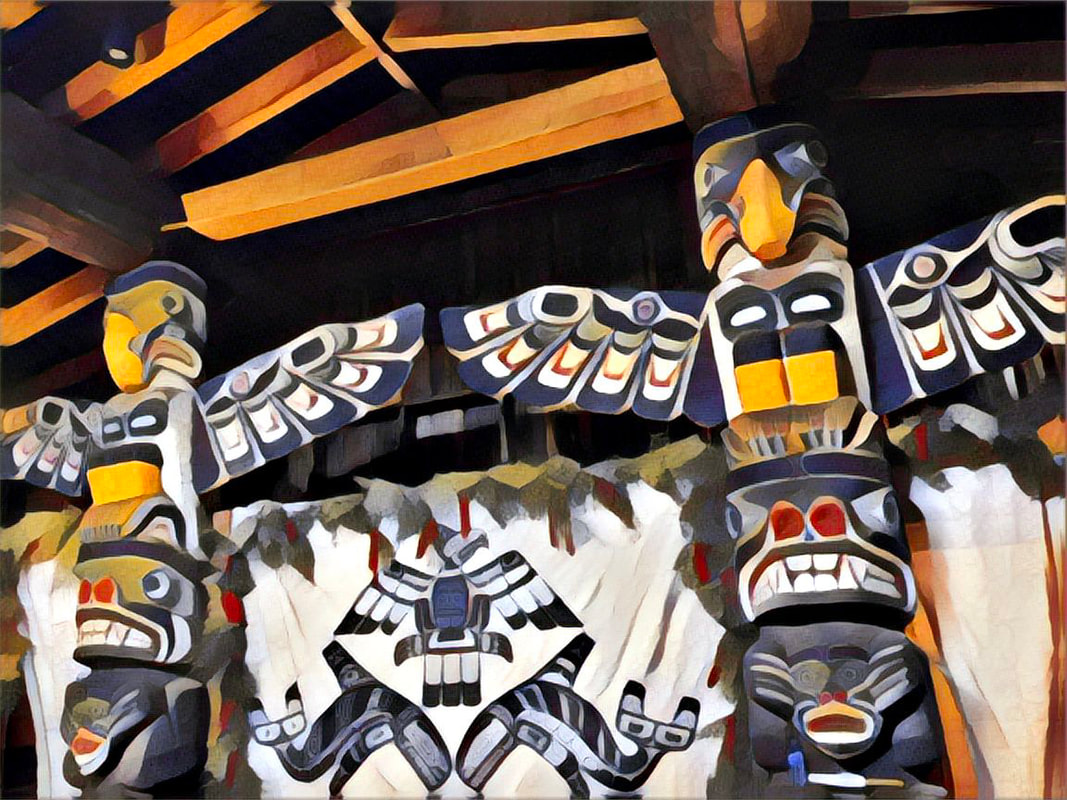

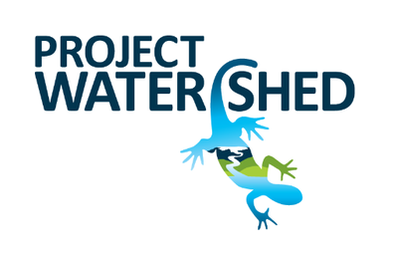
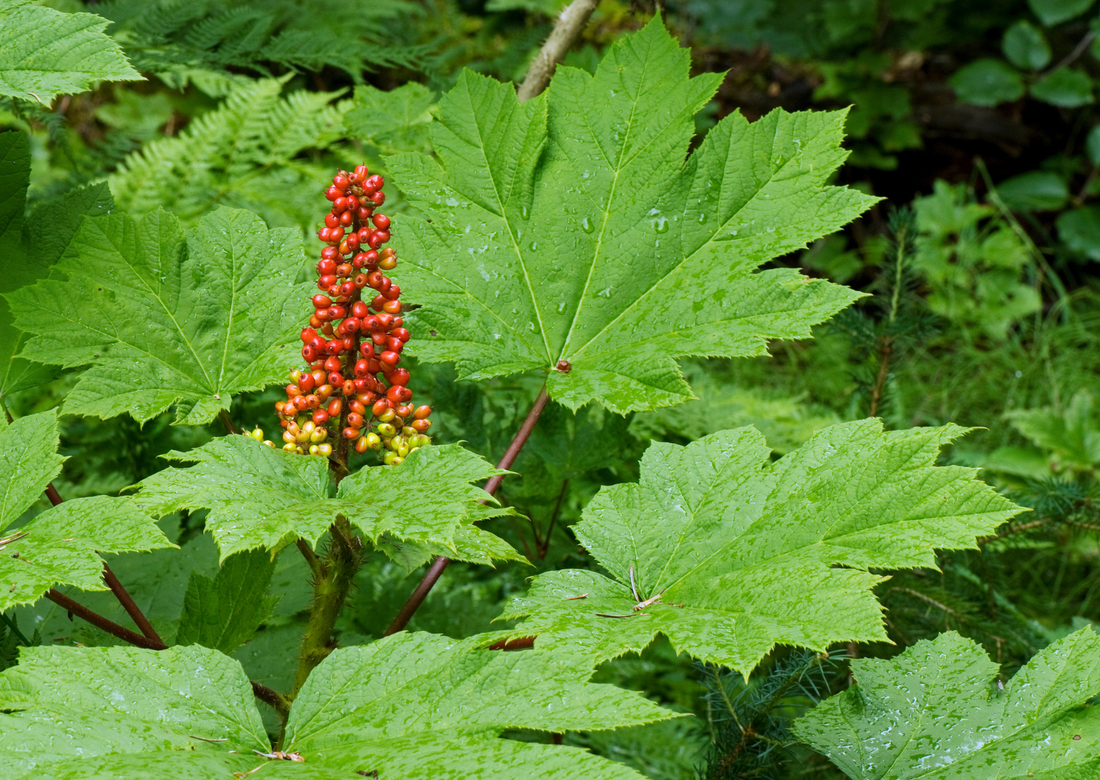
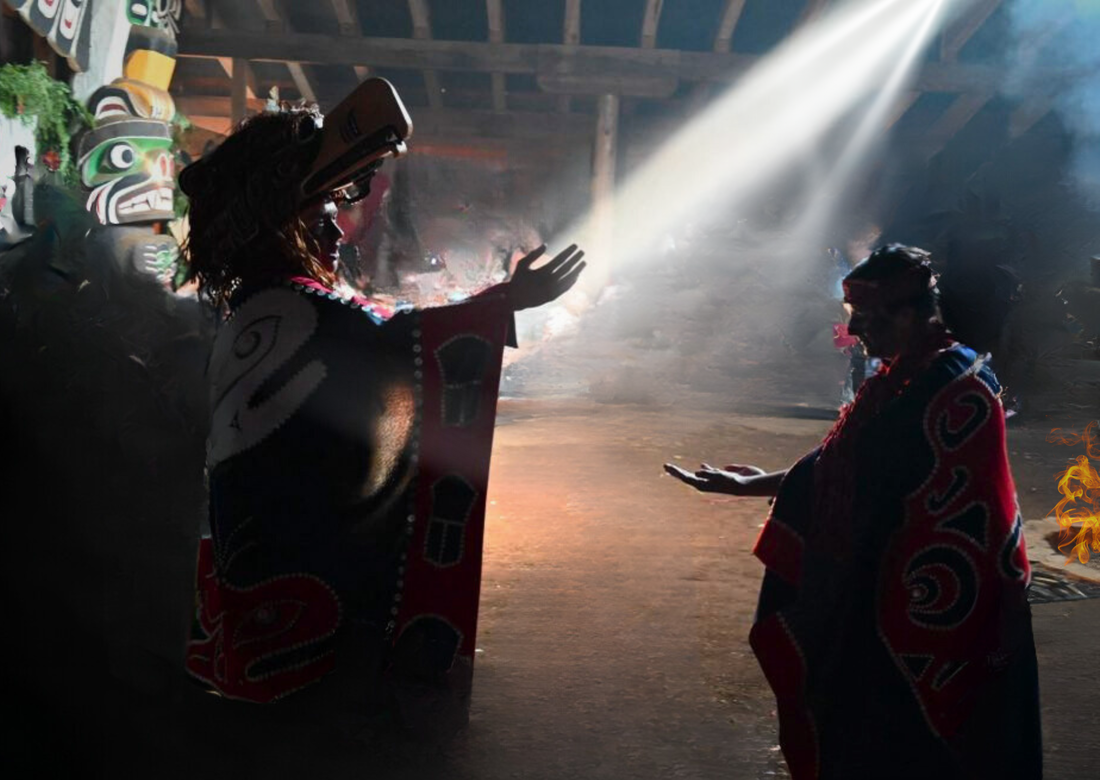
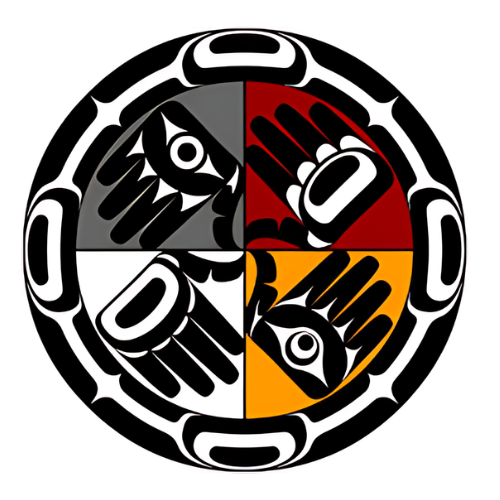
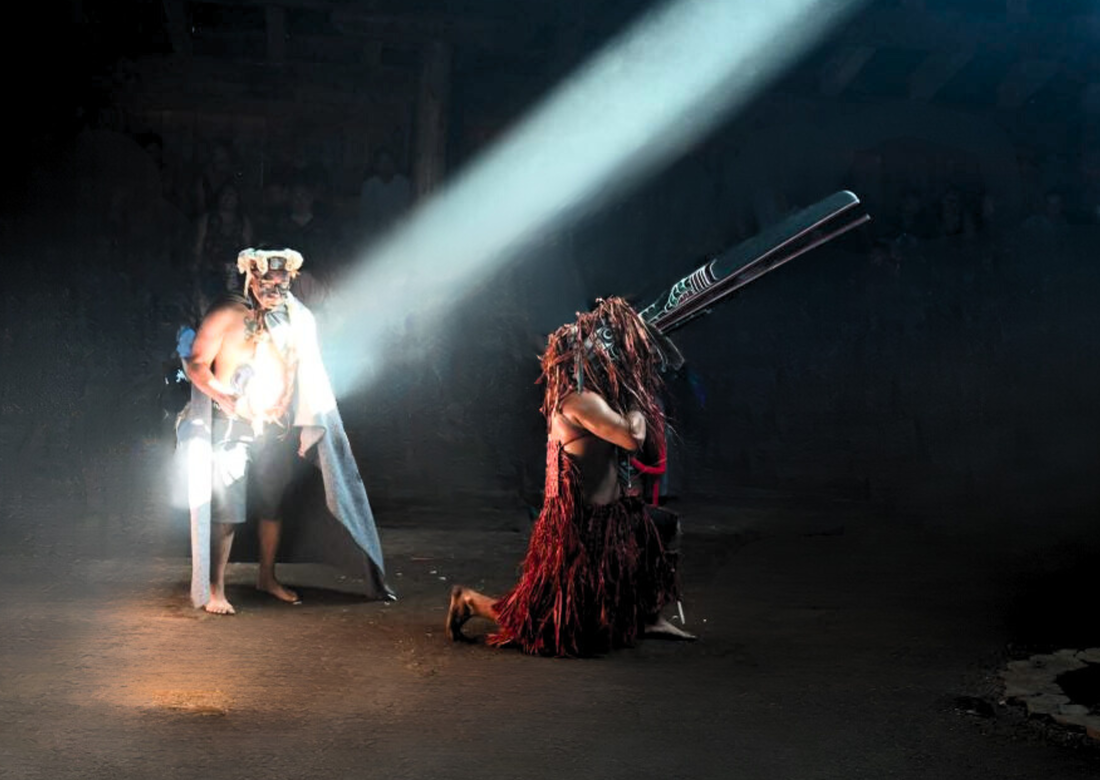
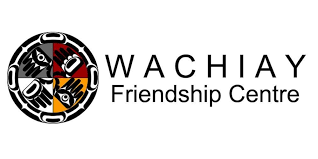
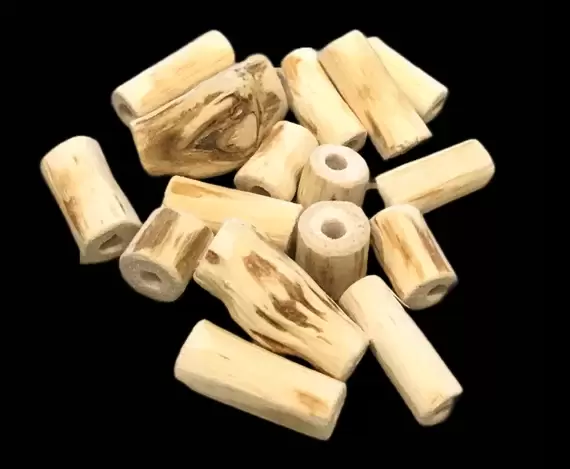

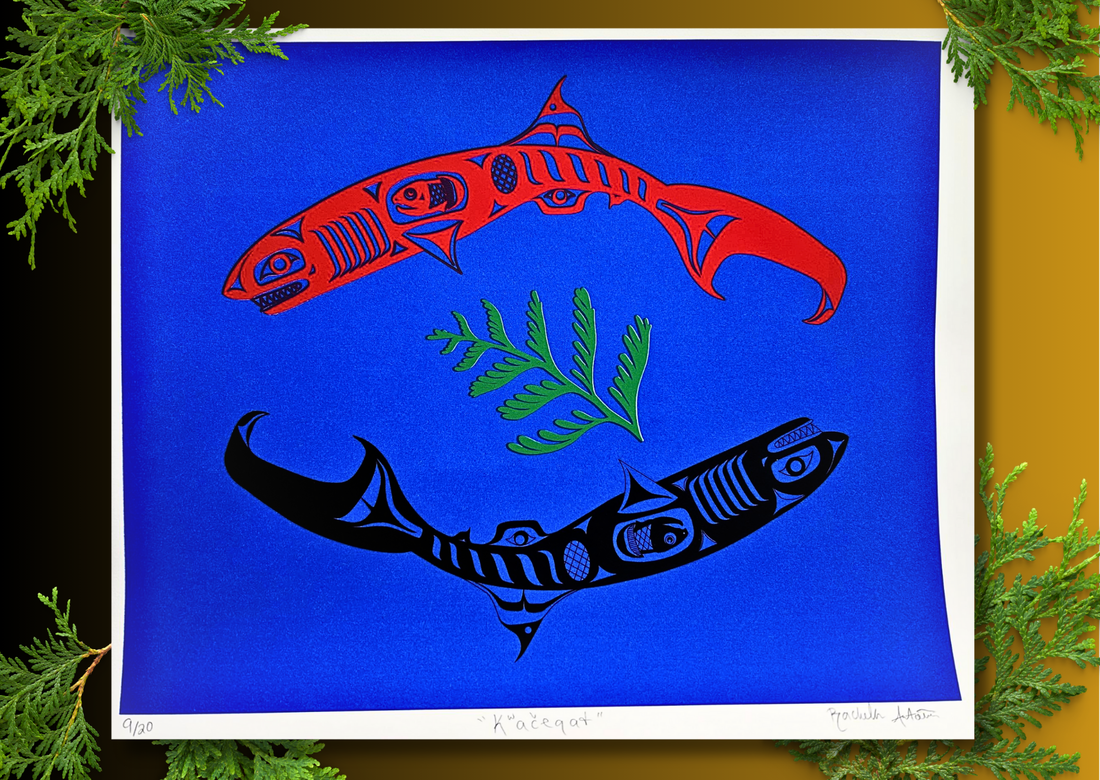
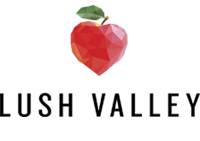
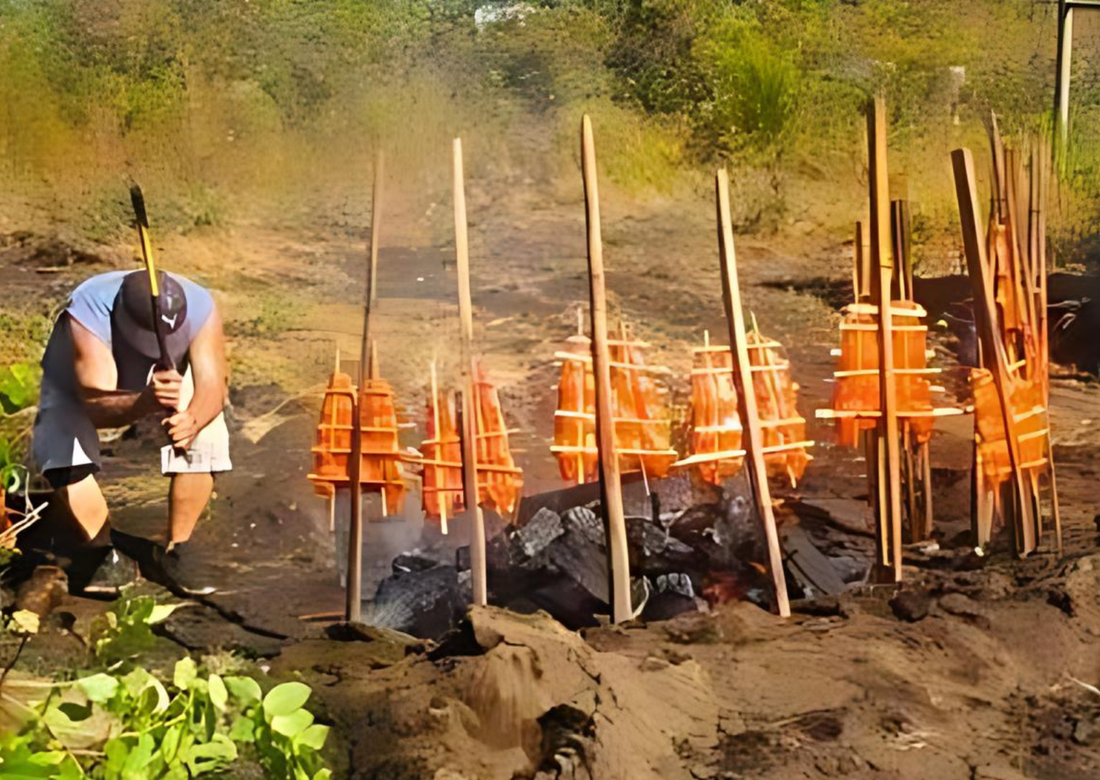
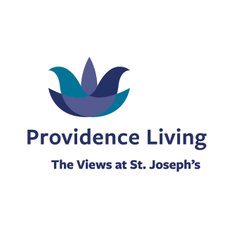
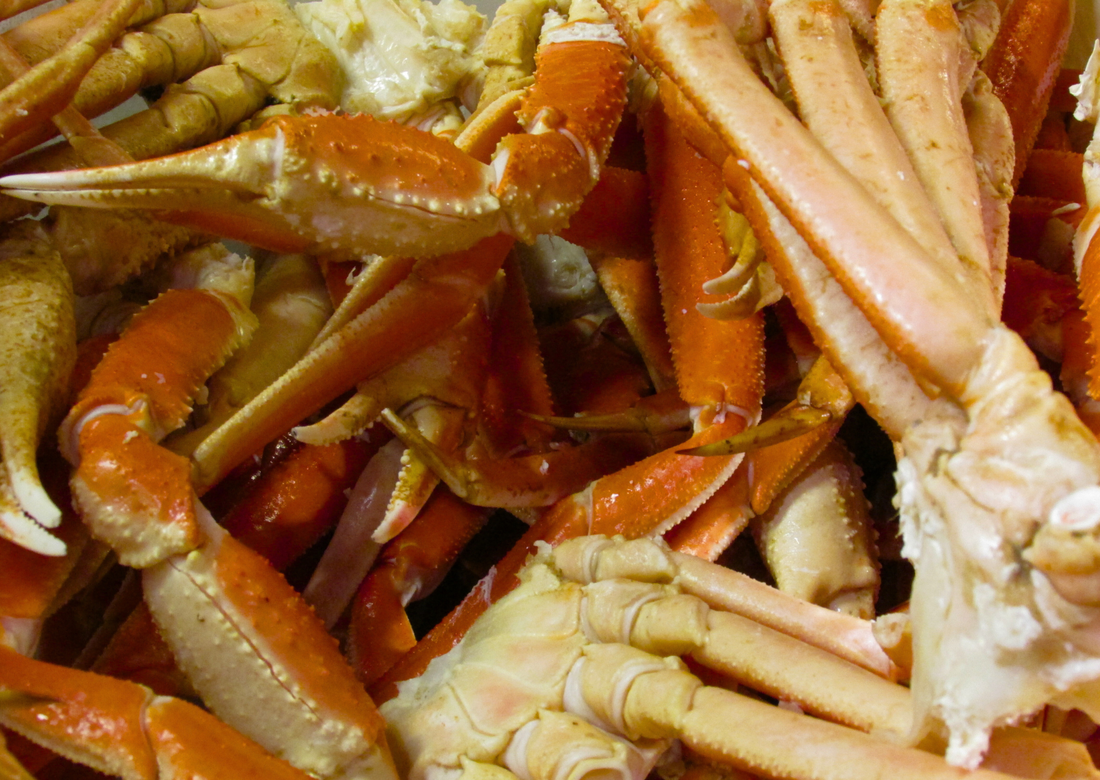

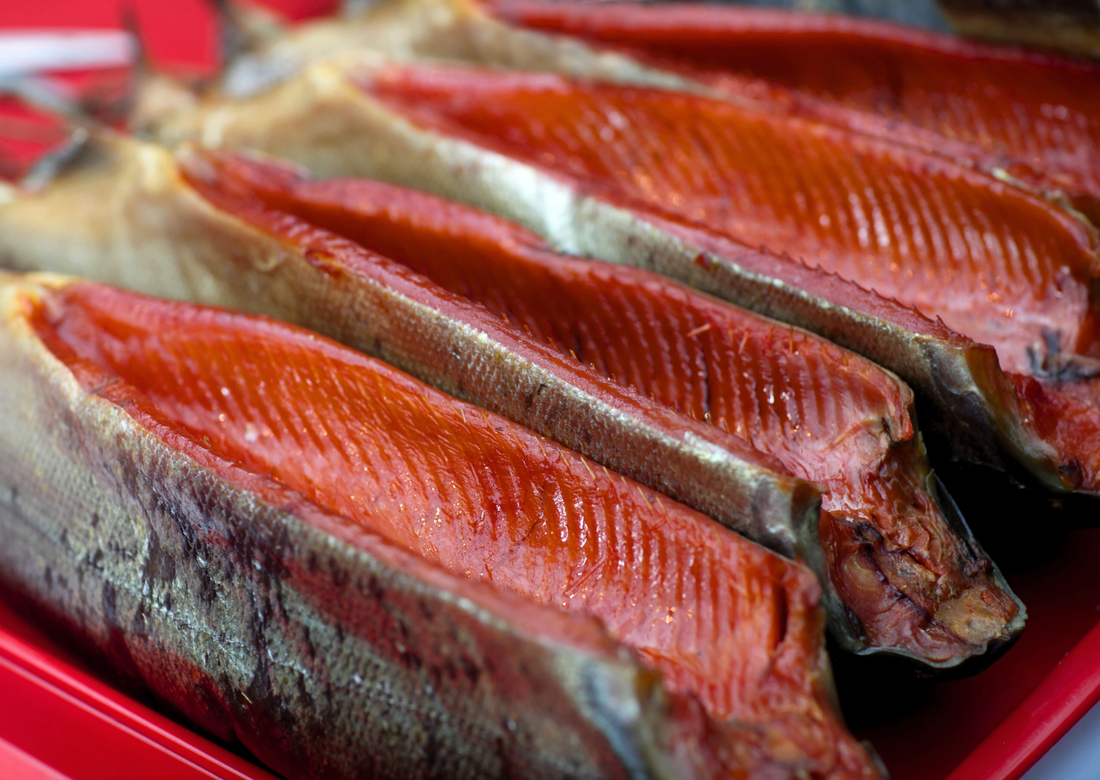
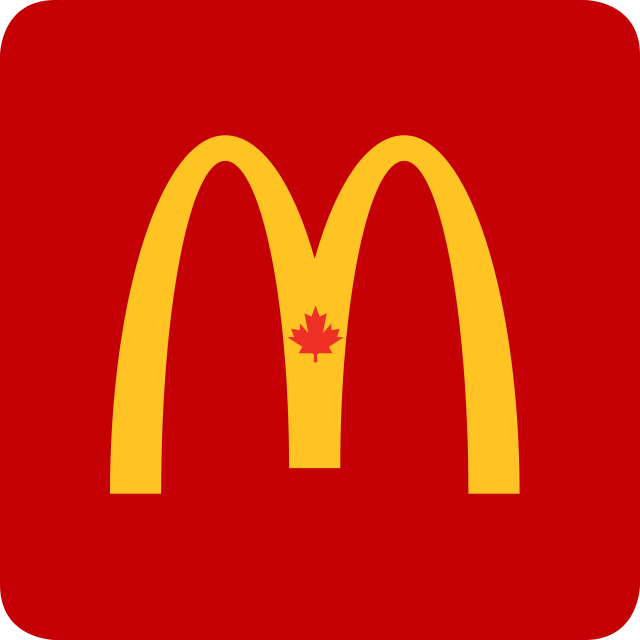
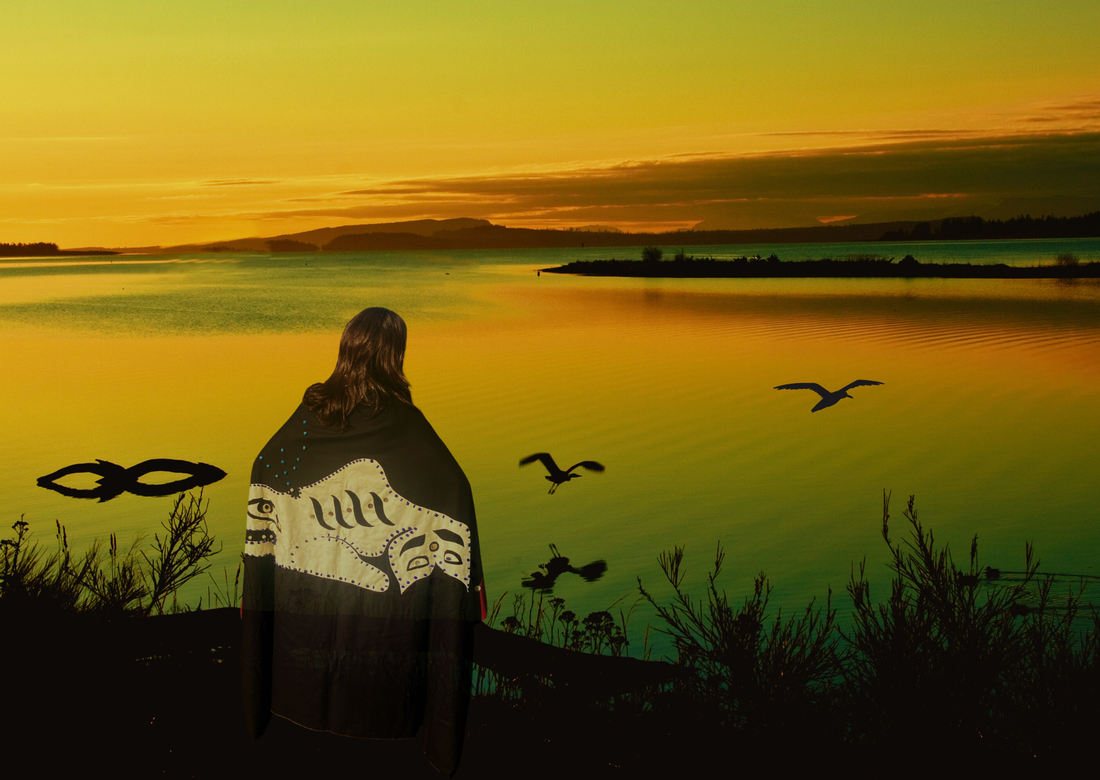
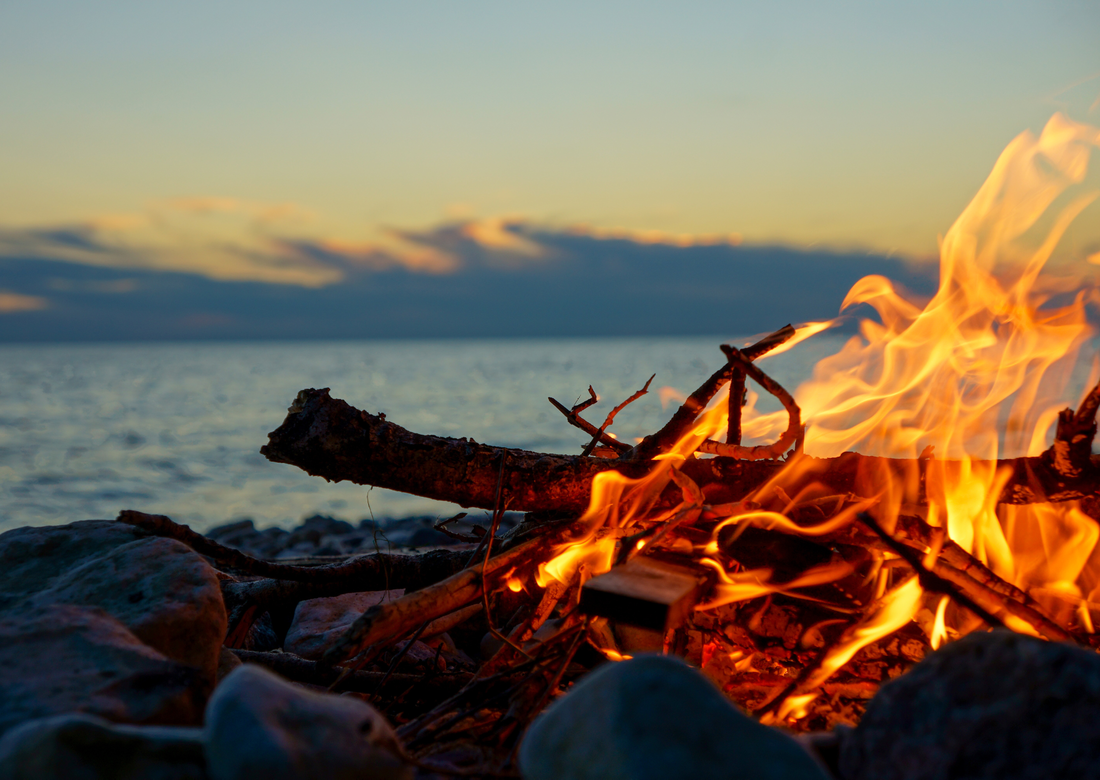
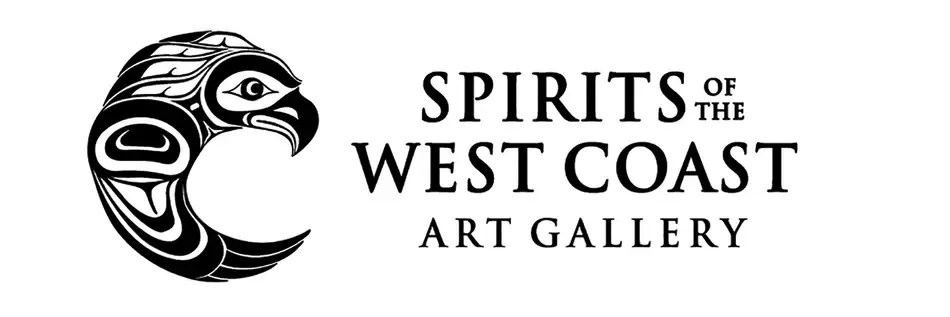

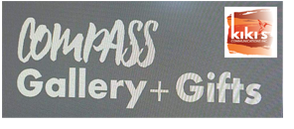
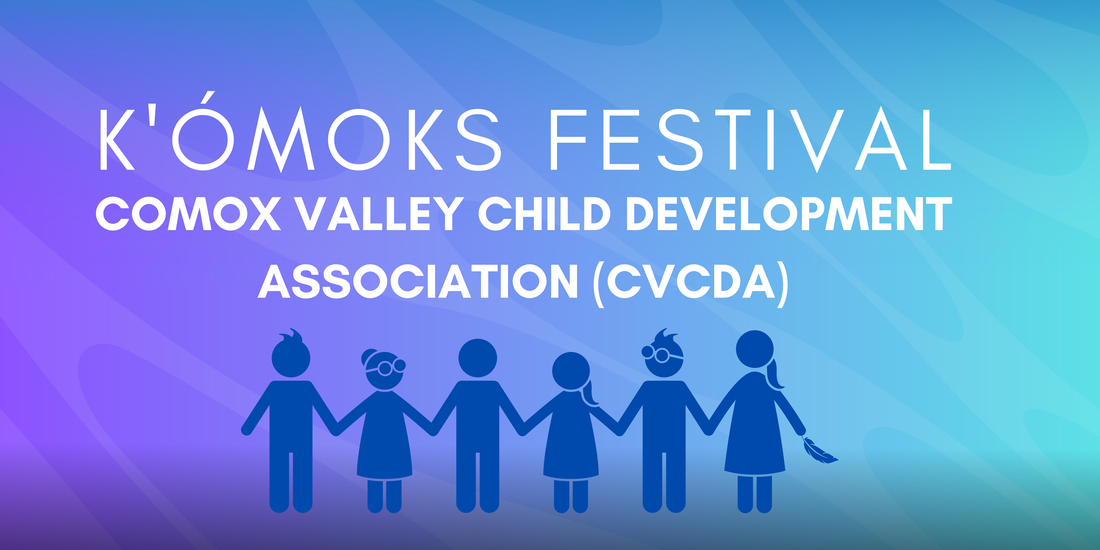

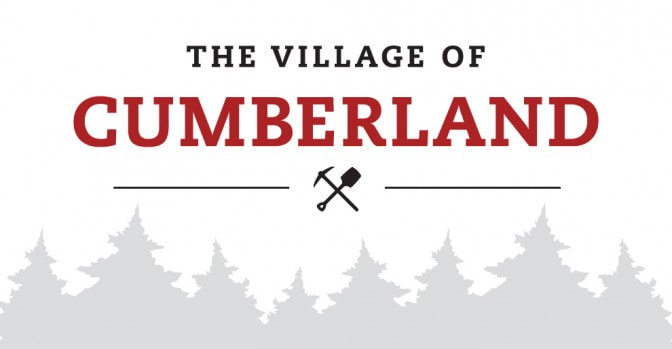

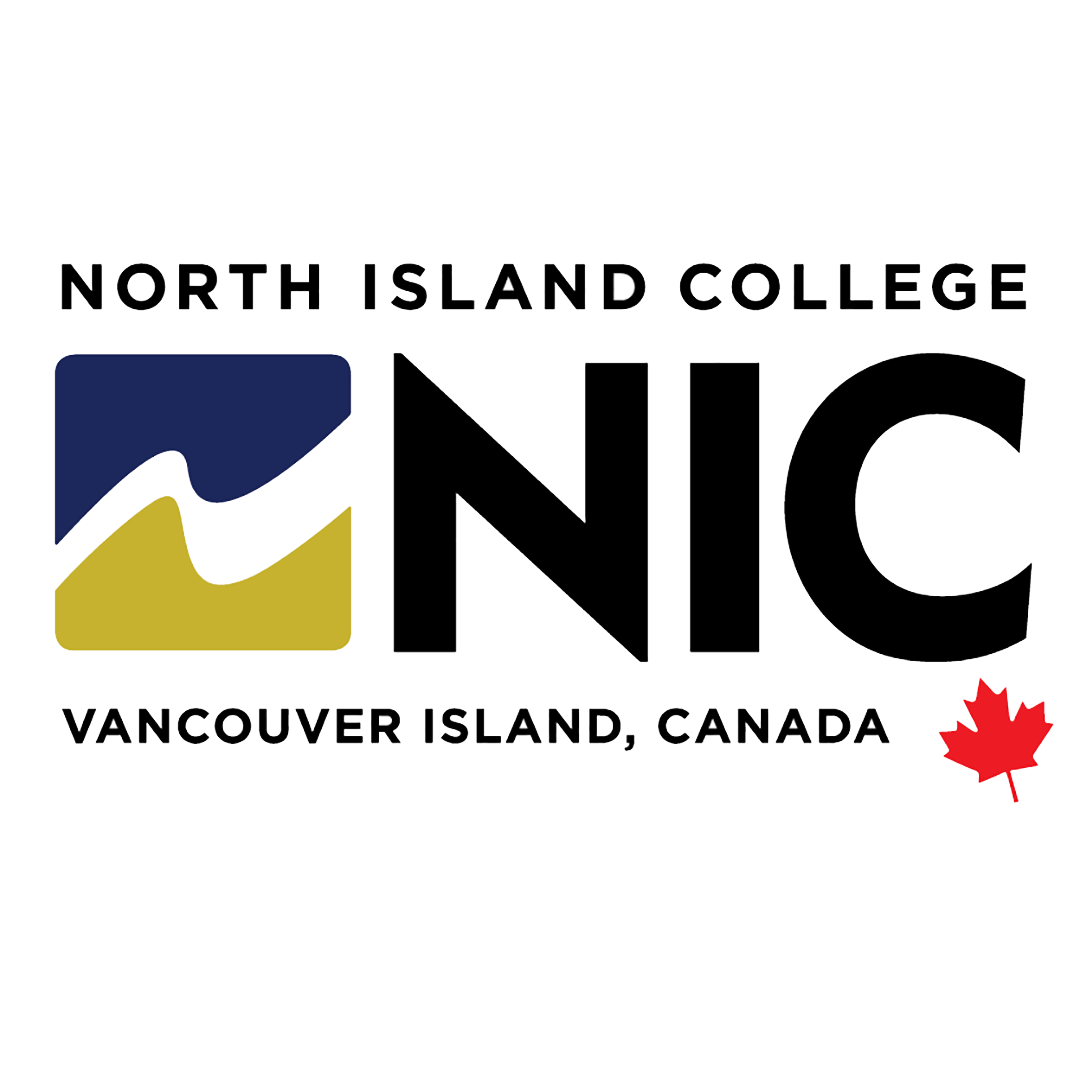

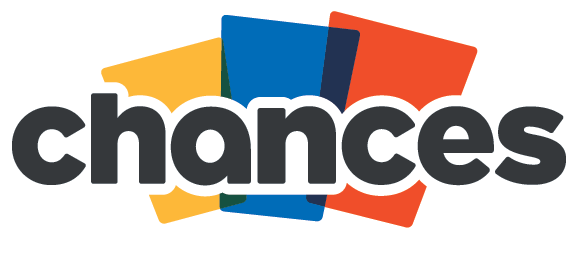
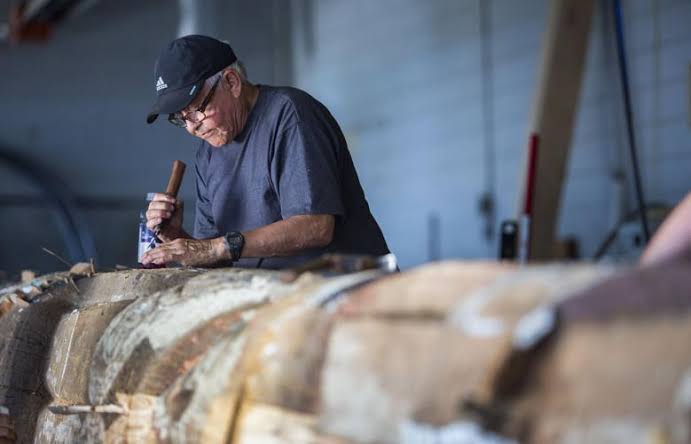
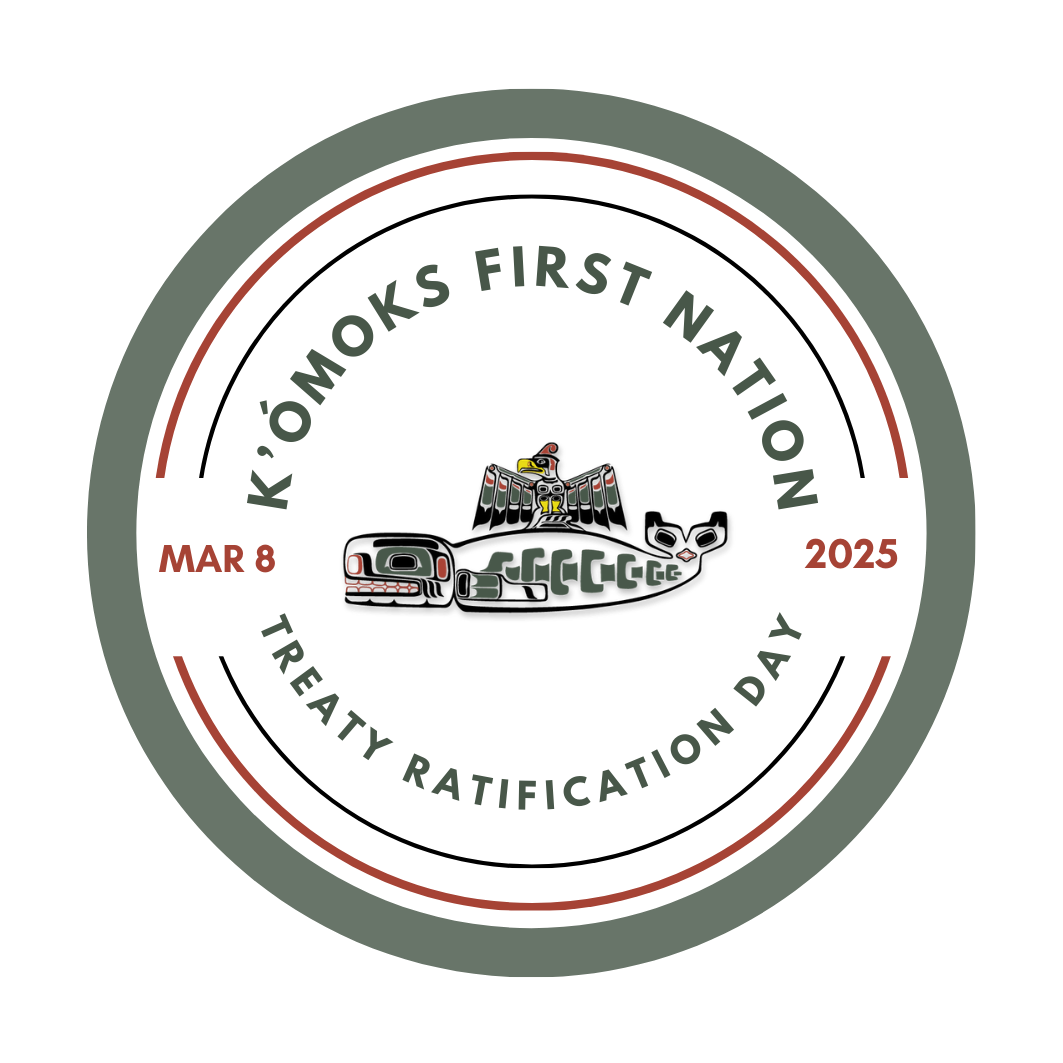
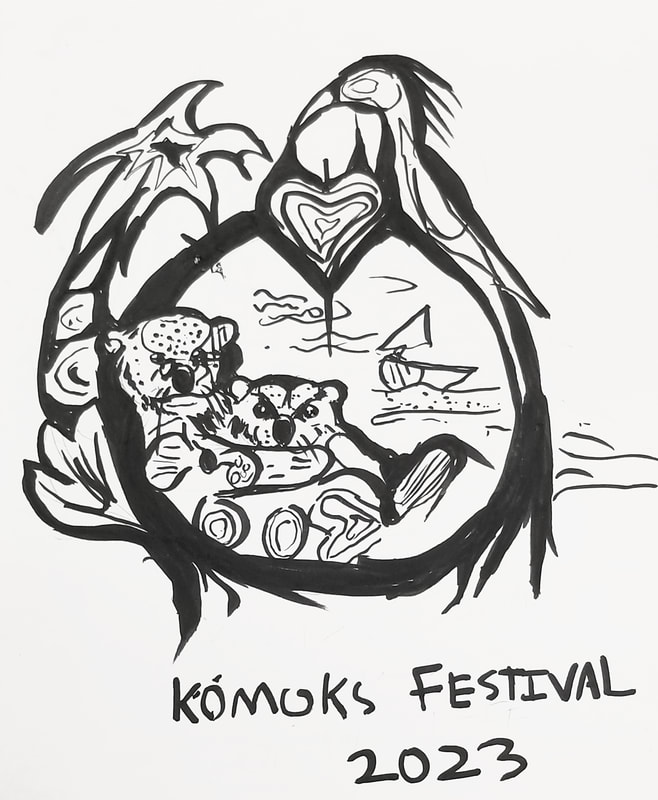
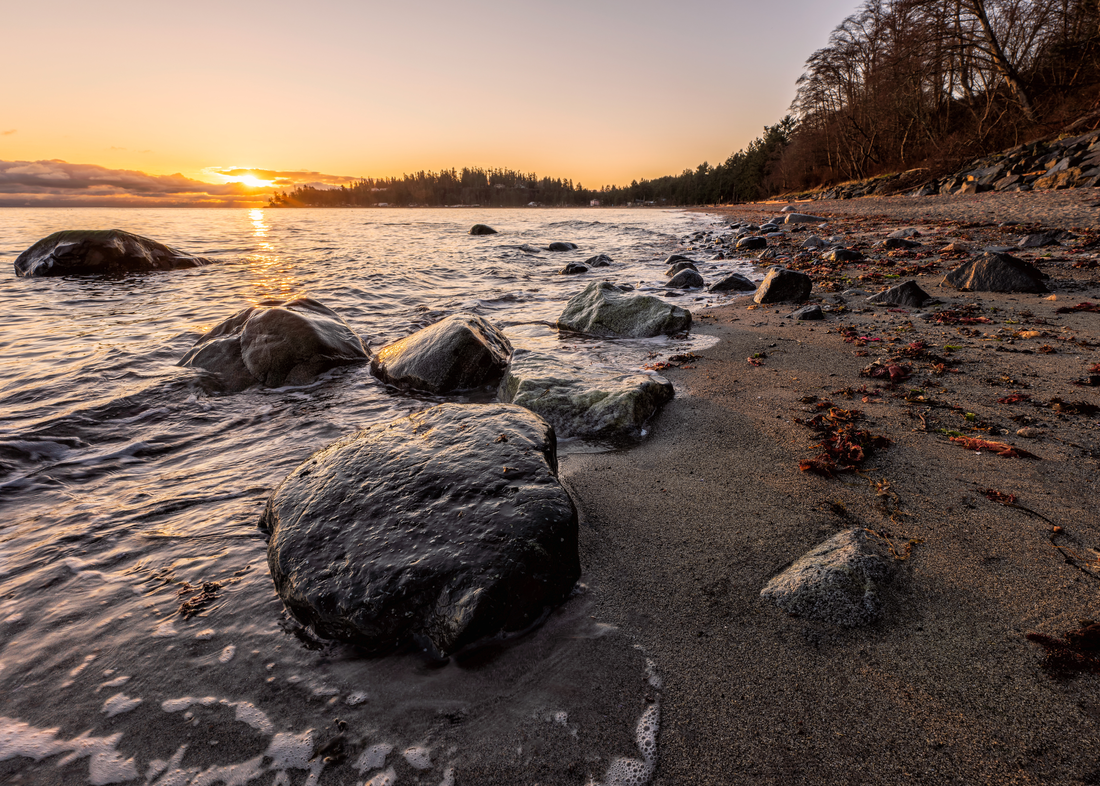
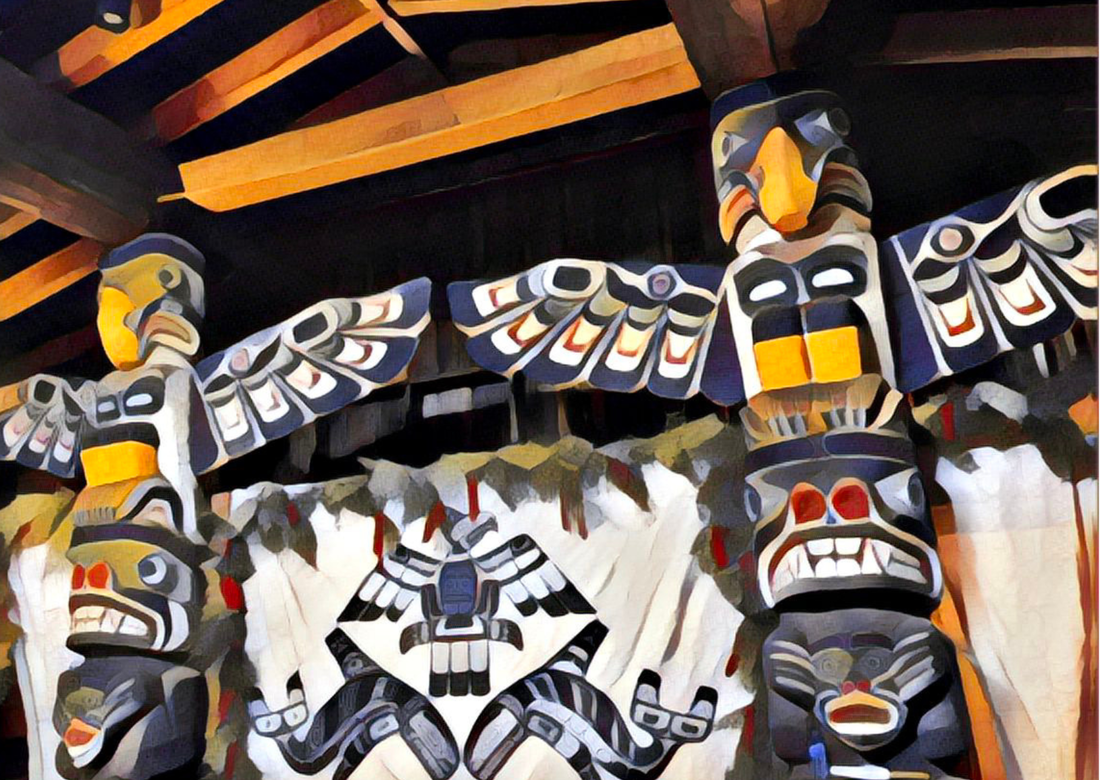
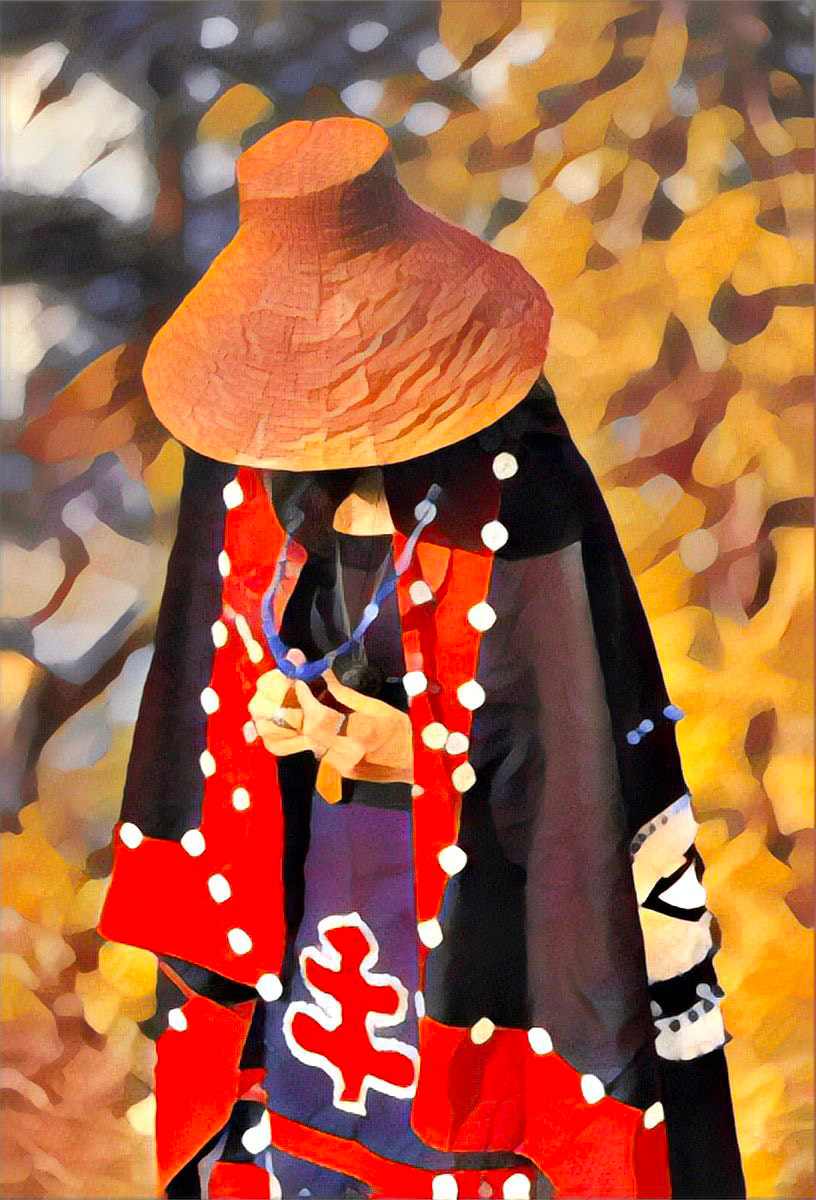

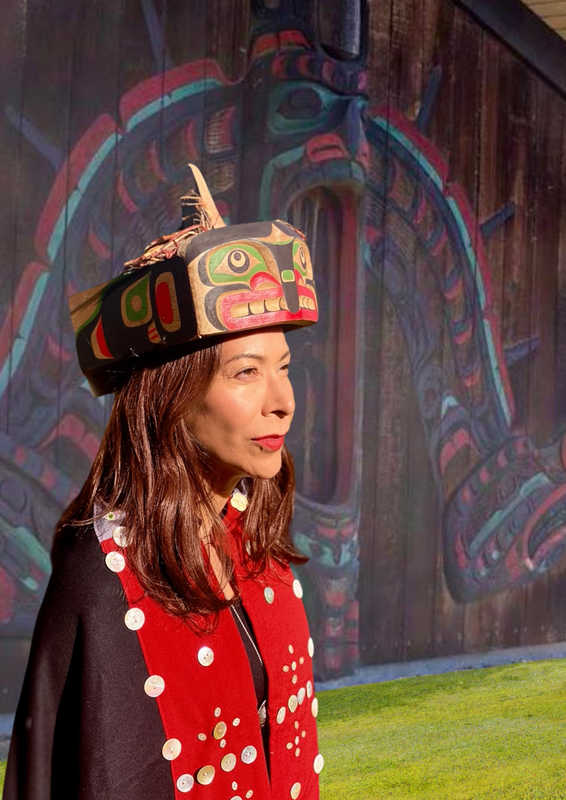
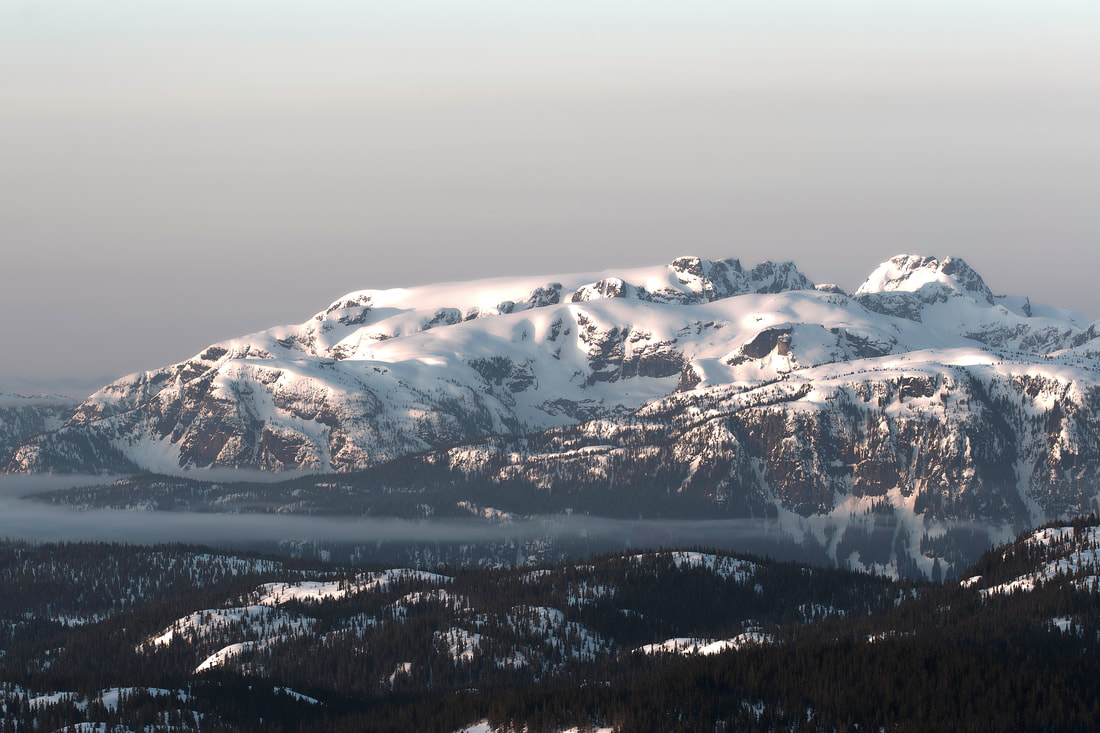
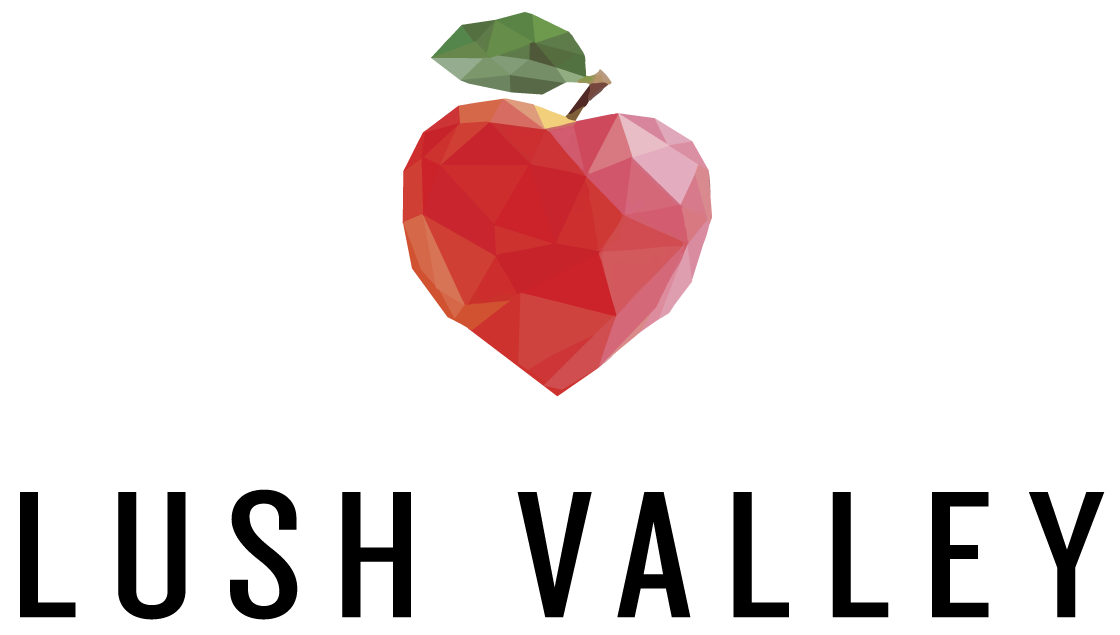
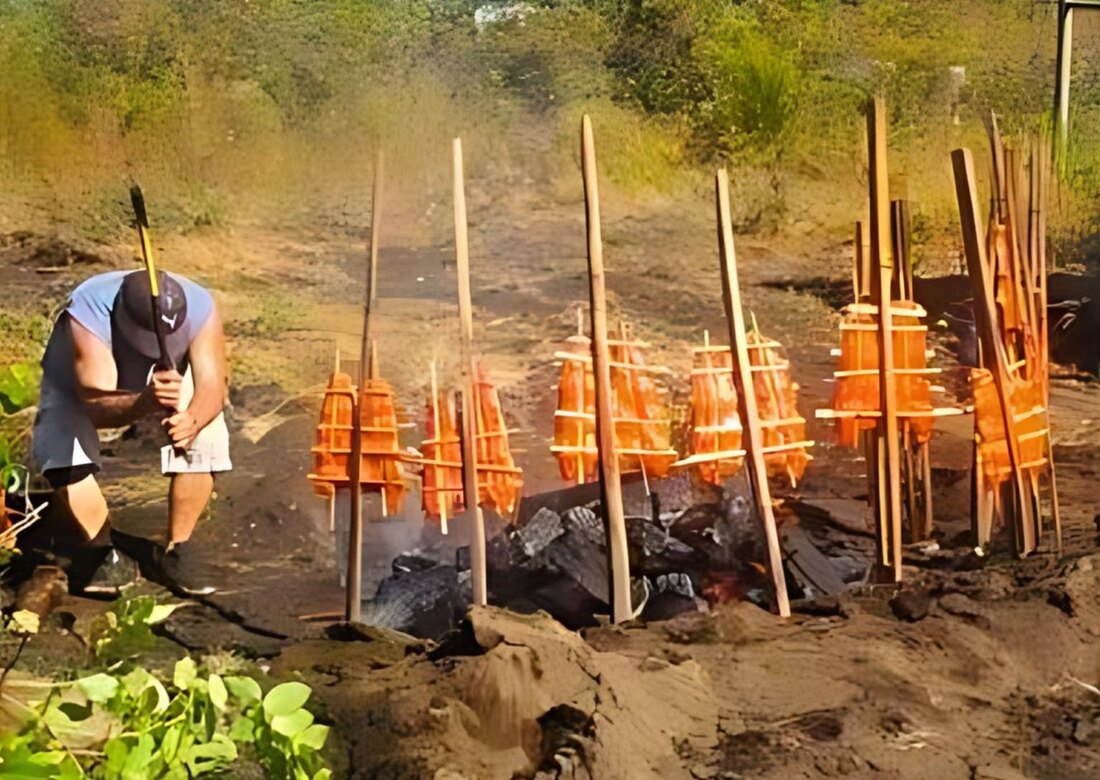

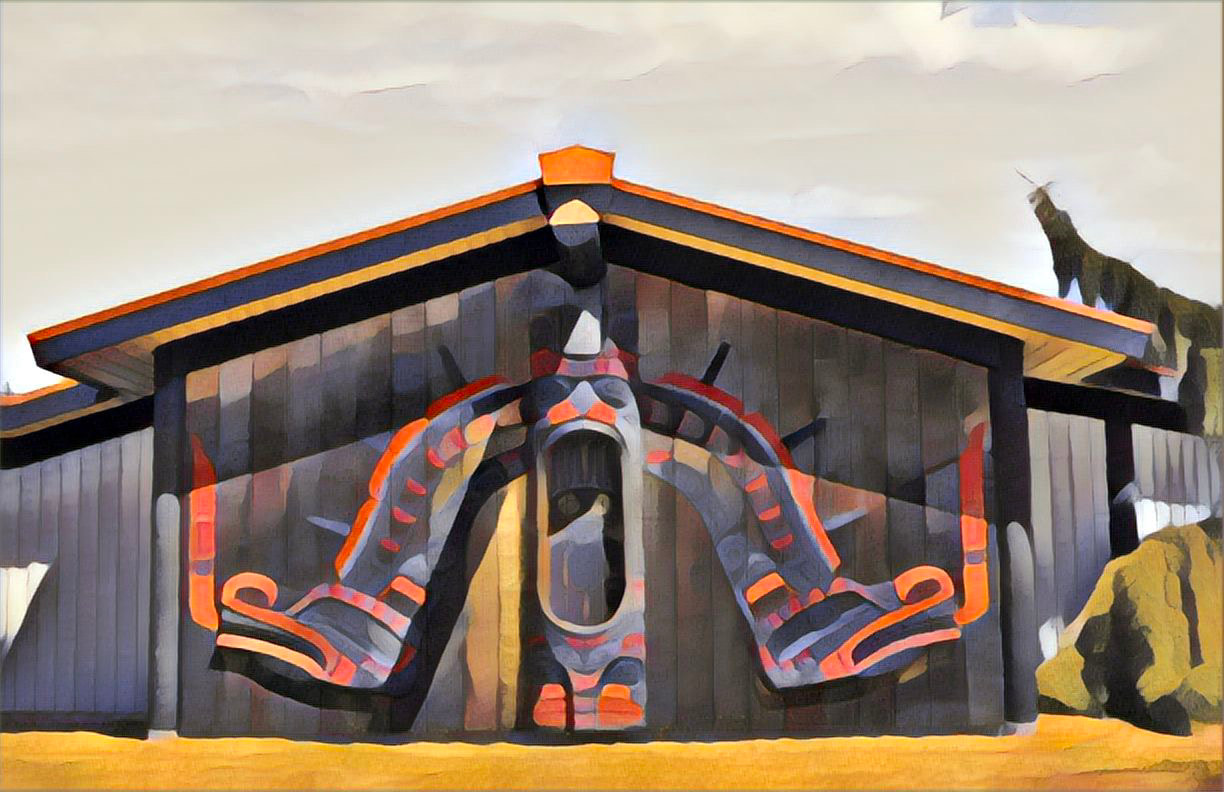
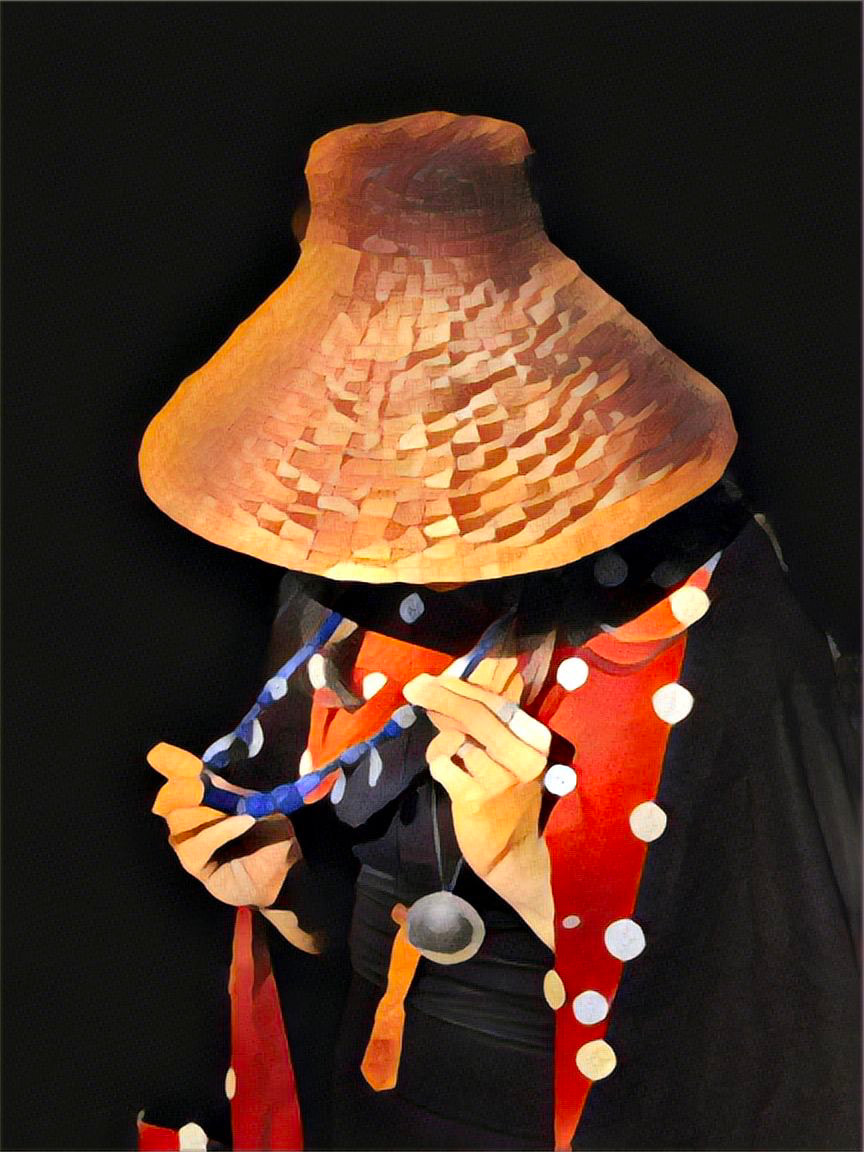
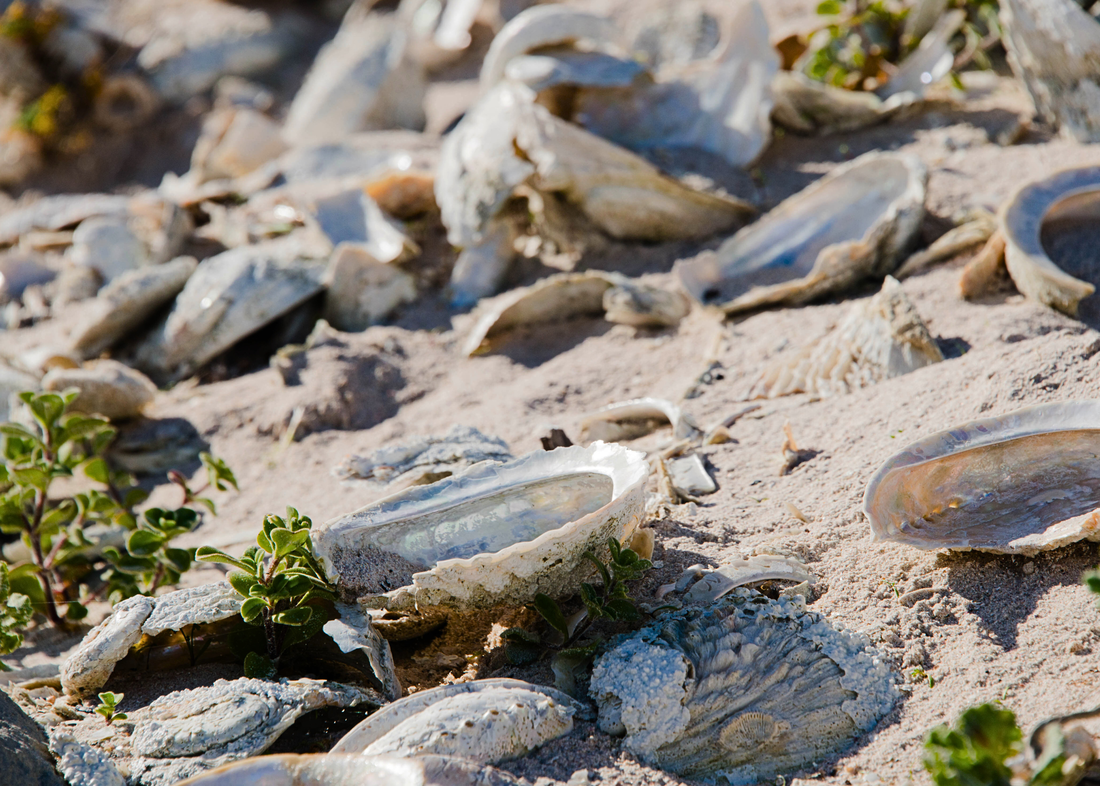

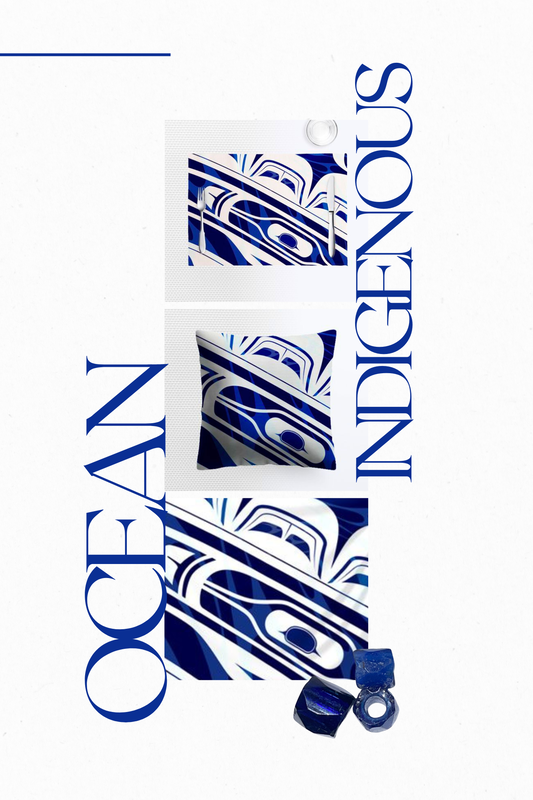
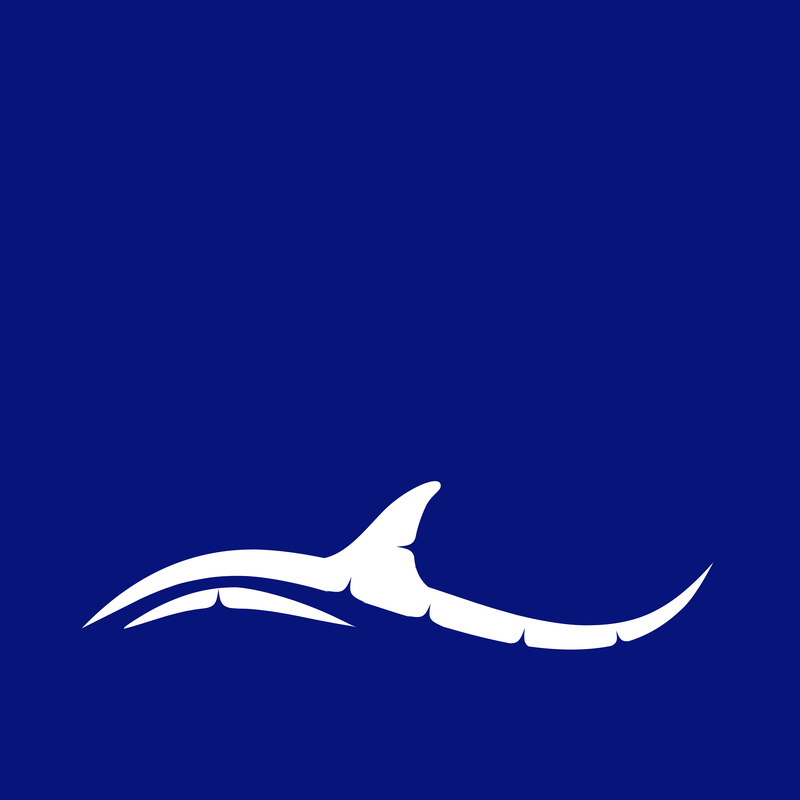

 RSS Feed
RSS Feed